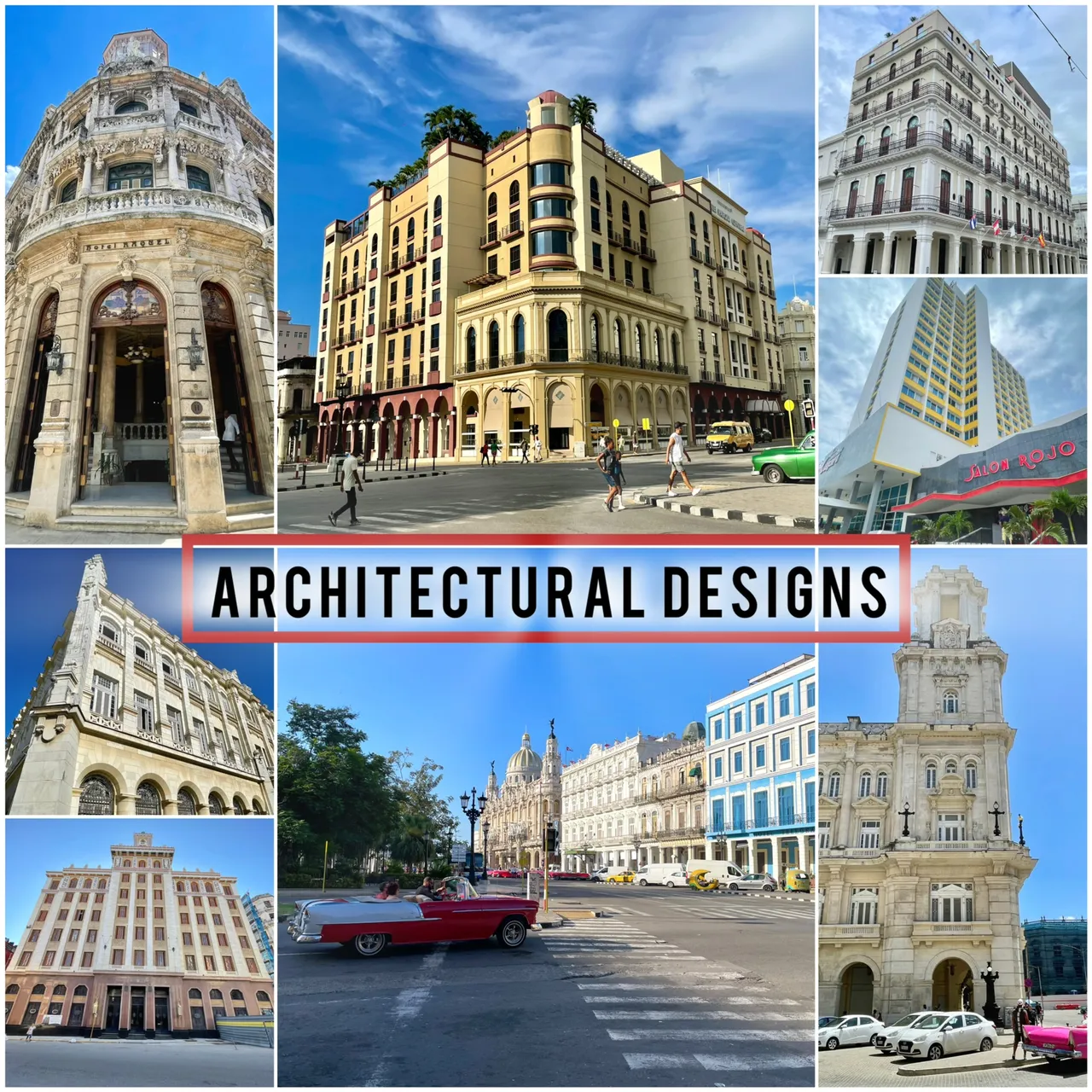
Hello travelers of the @worldmappin community!
If you're a fan of art, design, and building architecture, it's a pleasure to share with you these beautiful constructions that highlight the city of Havana, Cuba—a place with endless opportunities for travelers who love visual arts and history in general. Here are some standout locations in the historic center:
¡Hola viajeros de la comunidad @worldmappin!
Si eres un fan del arte, diseño y arquitectura de edificios es un placer compartir con ustedes estas hermosas construcciones que destacan la ciudad de la habana, Cuba, donde existen oportunidades infinitas para aquellos viajeros amantes de las artes visuales y la historia en general. Aquí tienes algunos lugares destacados del centro histórico:
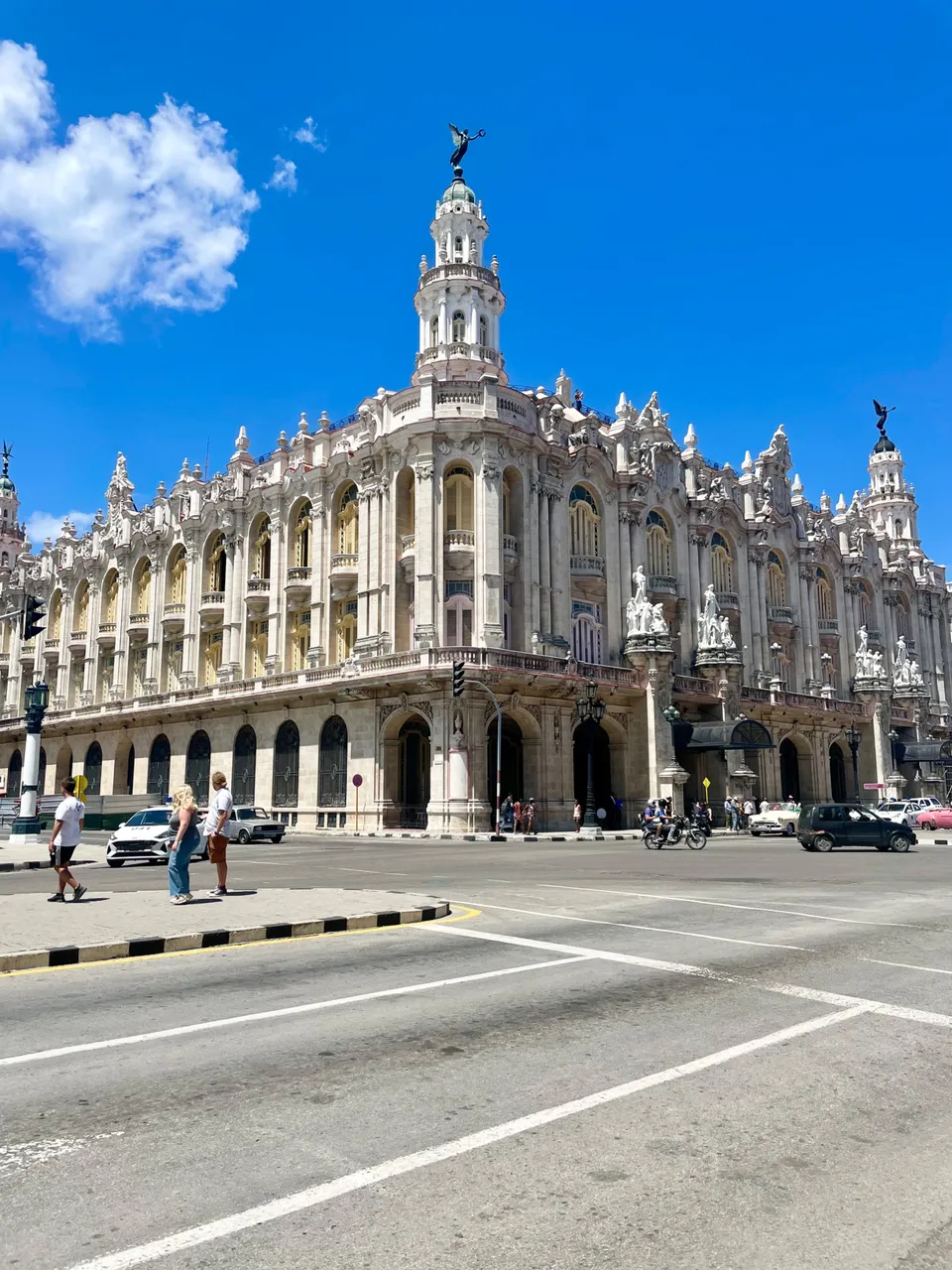
Starting the tour at the Gran Teatro Nacional Alicia Alonso, one of the most important cultural centers in Latin America. Located across from Parque Central and very close to the Capitolio, this building stands out for its stunning Neobaroque facade and its deep connection to dance and performing arts in Cuba.
I couldn’t visit the inside because it was still closed to the public during the time I passed by. The building has hosted opera, ballet, theater, and all kinds of concerts. Its current name pays tribute to the great Cuban ballerina 'Alicia Alonso' founder of the Ballet Nacional de Cuba.
Comenzando el recorrido por el gran teatro Nacional Alicia Alonso, uno de los centros culturales más importantes de América Latina. Está situado frente al Parque Central y muy cerca del Capitolio, este edificio destaca por su gran fachada neobarroca y su historia ligada a la danza y a las artes escénicas en Cuba.
No pude visitarlo por dentro pues en el horario que pase, aún estaba cerrado al público. El edificio ha acogido espectáculos de ópera, ballet, teatro y conciertos de todo tipo. Su denominación actual rinde homenaje a la gran bailarina cubana Alicia Alonso, fundadora del Ballet Nacional de Cuba.
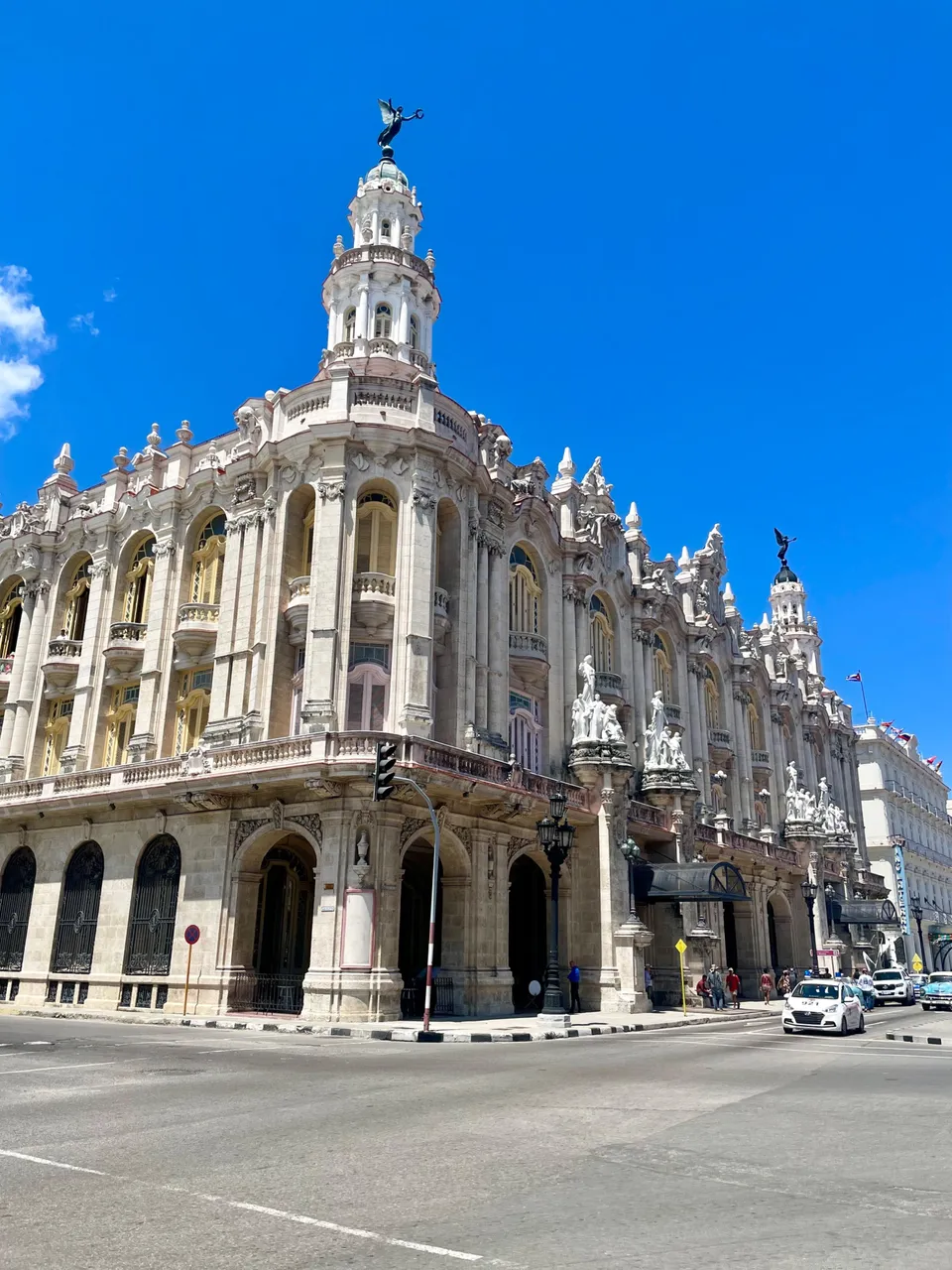
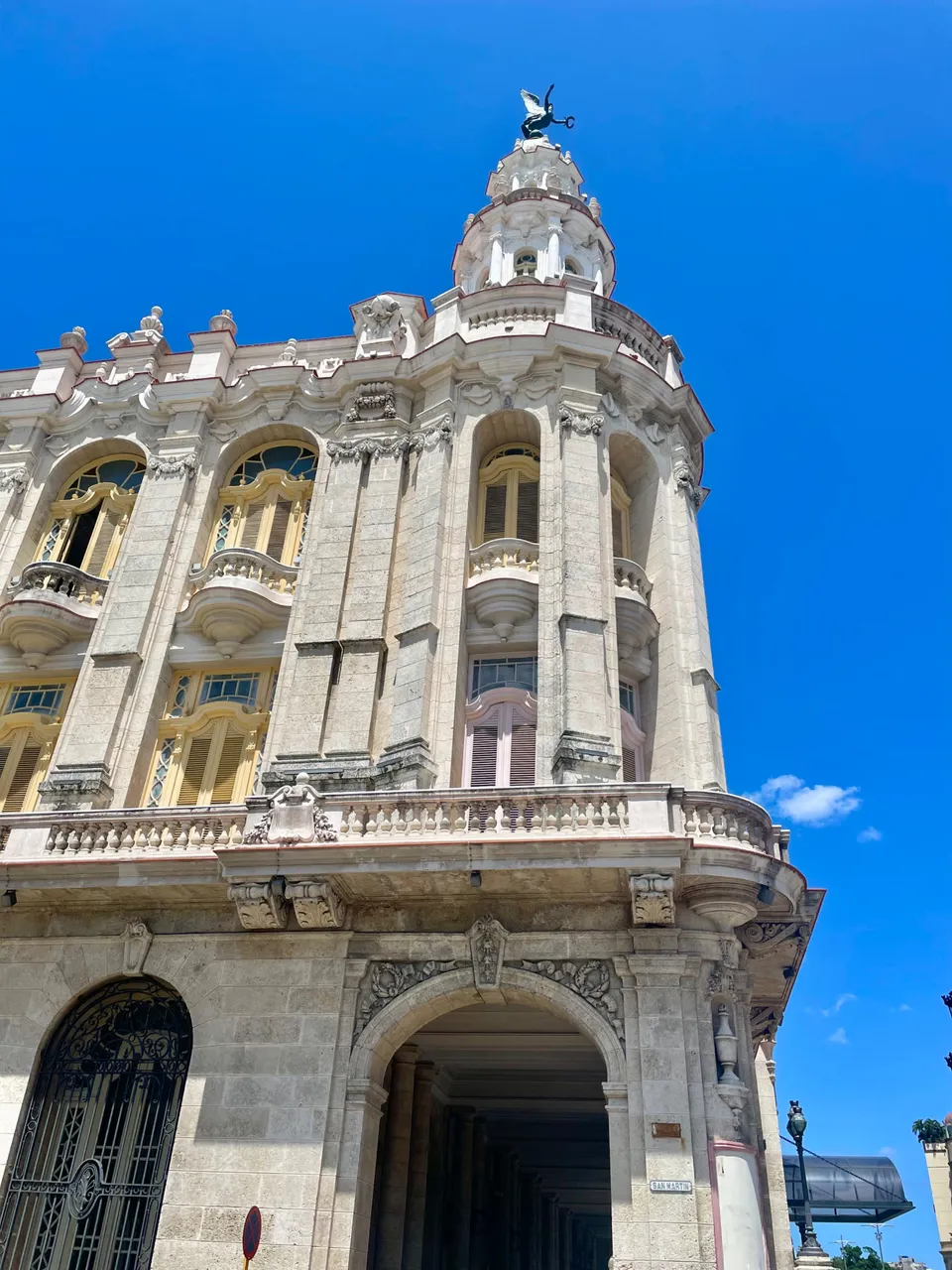
Now, if we're talking about the city's most iconic architecture, we have to mention the Havana Cathedral!
Located in the Plaza de la Habana Vieja, this cathedral boasts a Cuban Renaissance-Baroque architectural style and was built in the 18th century. A symbol of both opulence and spirituality, it was constructed during a time of colonial splendor.
One of the most famous stories about this place is that the remains of Christopher Columbus were kept here for nearly a century. Locals recommend visiting on a Sunday morning to attend mass with choral music and a truly unique atmosphere.
¡Si de arquitecturas más emblemáticas de la ciudad, hablamos! Está la Catedral de La Habana, les comentaré que se ubica en la Plaza de la Habana Vieja, con un estilo arquitectónico renacentista-barroco cubano, construido en el siglo XVIII.
Este símbolo de opulencia y espiritualidad se desarrolló en una época de esplendor colonial. Uno de los relatos más conocidos es el que se asegura que allí reposaron los restos de Cristóbal Colón durante casi un siglo. Según los locales se debe visitar un domingo por la mañana para asistir a misa con música coral y un ambiente único.
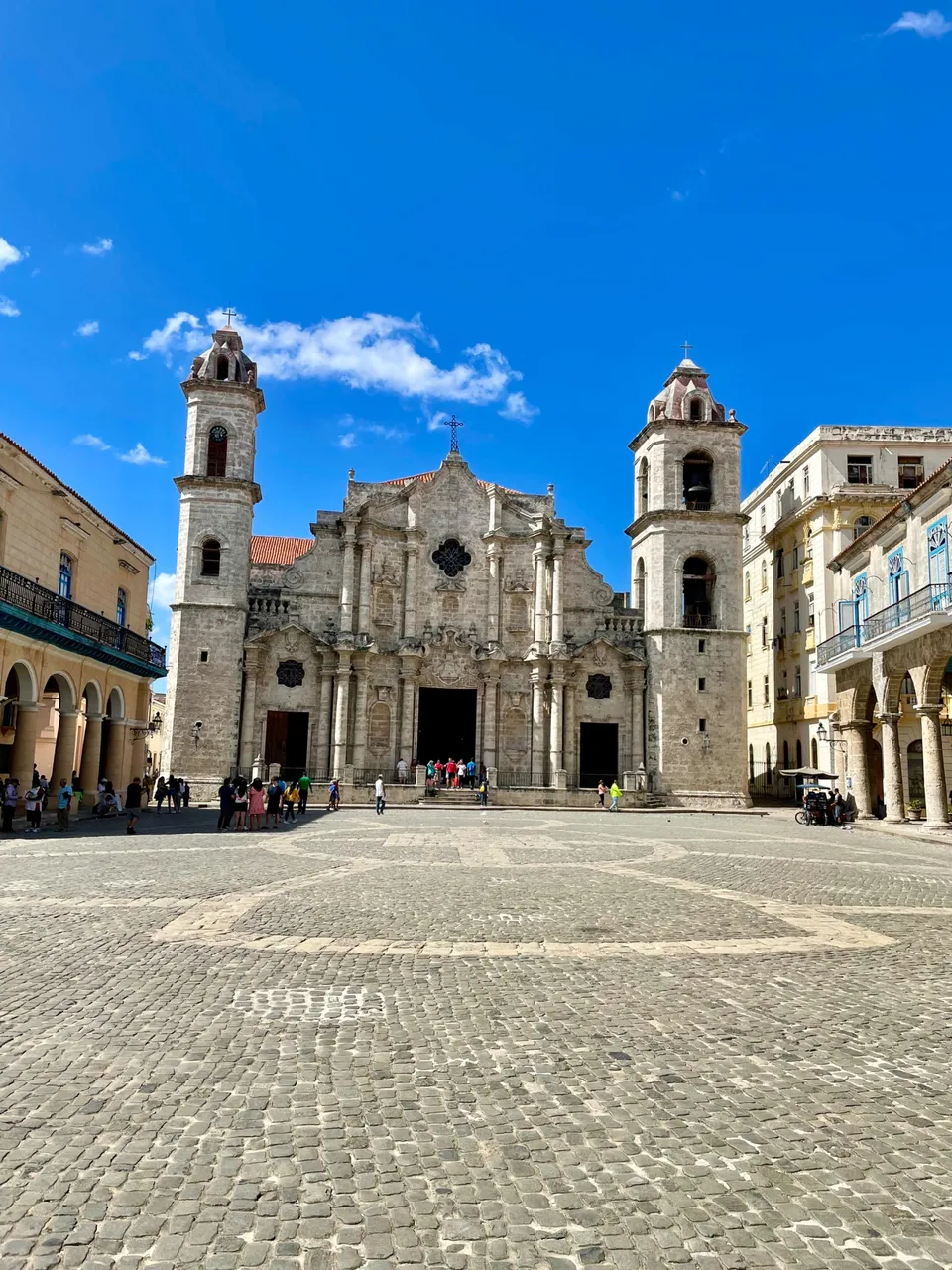
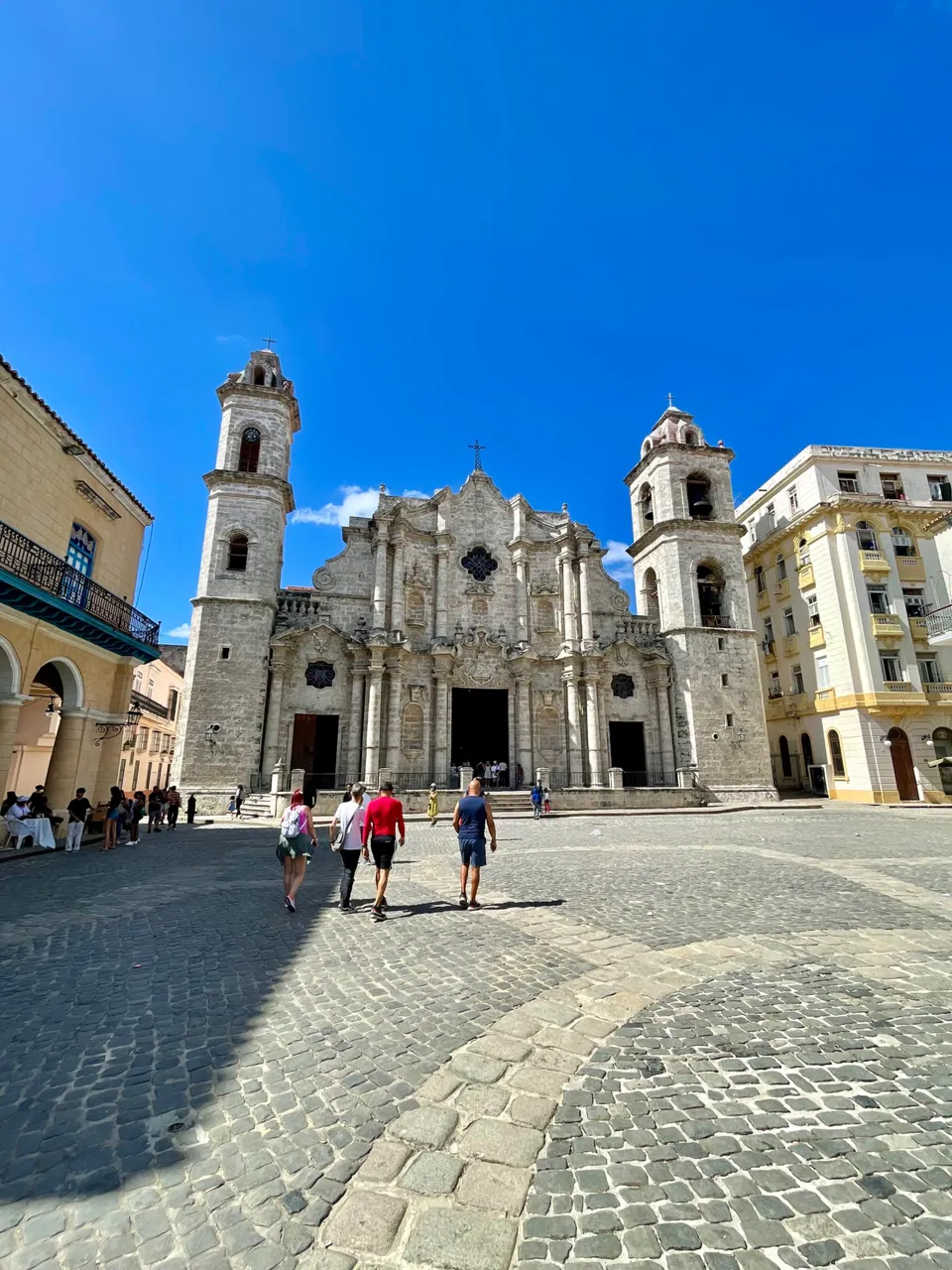
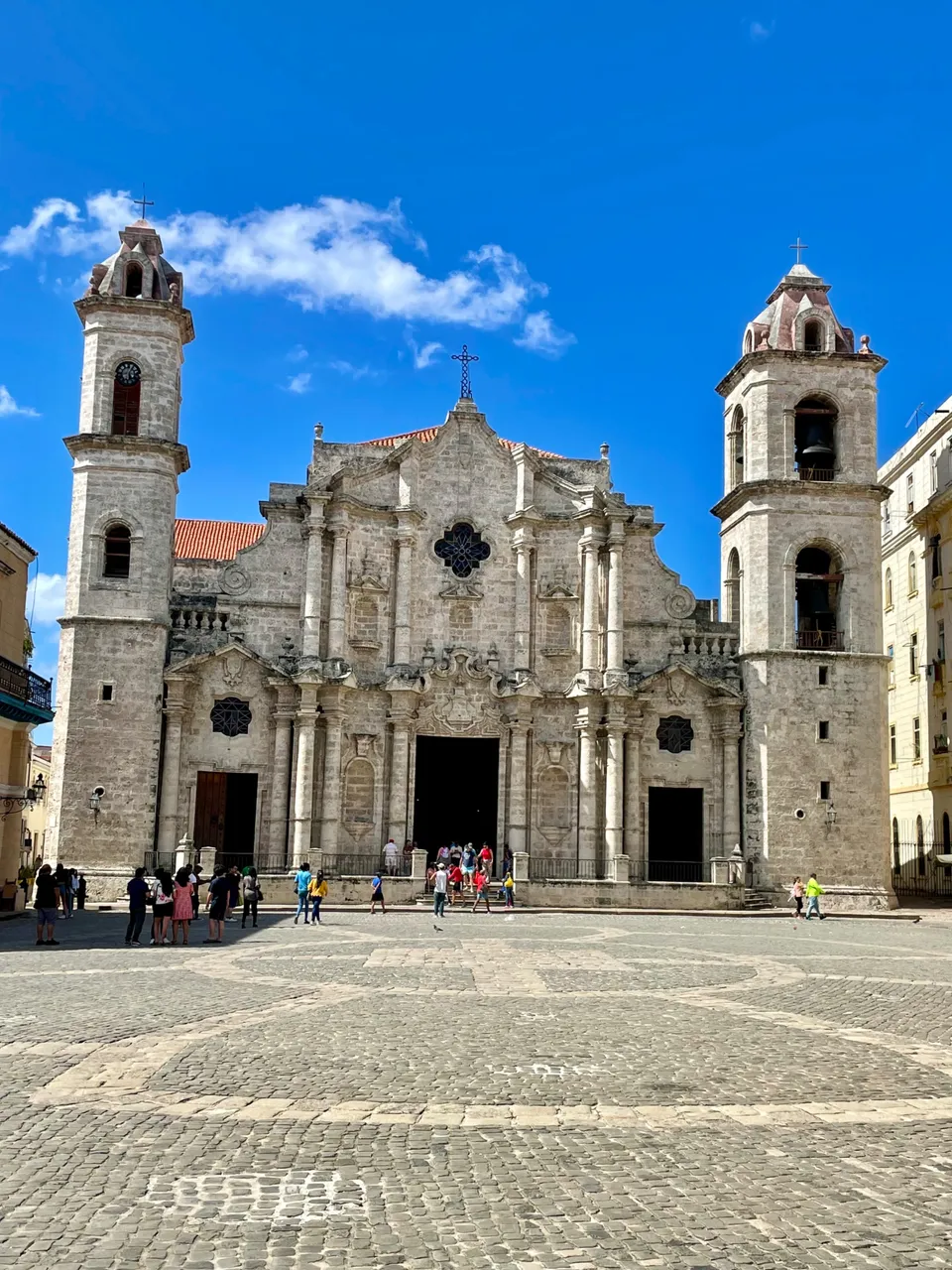
Stepping out of the cathedral, you’ll find luxurious apartments nestled in a Neocolonial building right in the heart of Old Havana. Perfect for families and couples—whether traveling with kids or not.
From their balconies, you’ll enjoy stunning views of the city’s historic quarter. This area is a haven of peace and quiet and the ground floor even features a charming boutique shop.
Saliendo de la cathedral, en sus costados se ubican unos apartamentos de lujo ubicados en un edificio neocolonial en el centro histórico de La Habana Vieja. Ideal para familias y parejas con o sin niños.
Desde sus balcones tendrás unas preciosas vistas del casco antiguo de la ciudad. Es una zona donde reina la tranquilidad y el silencio, su parte baja cuenta con una tienda boutique.
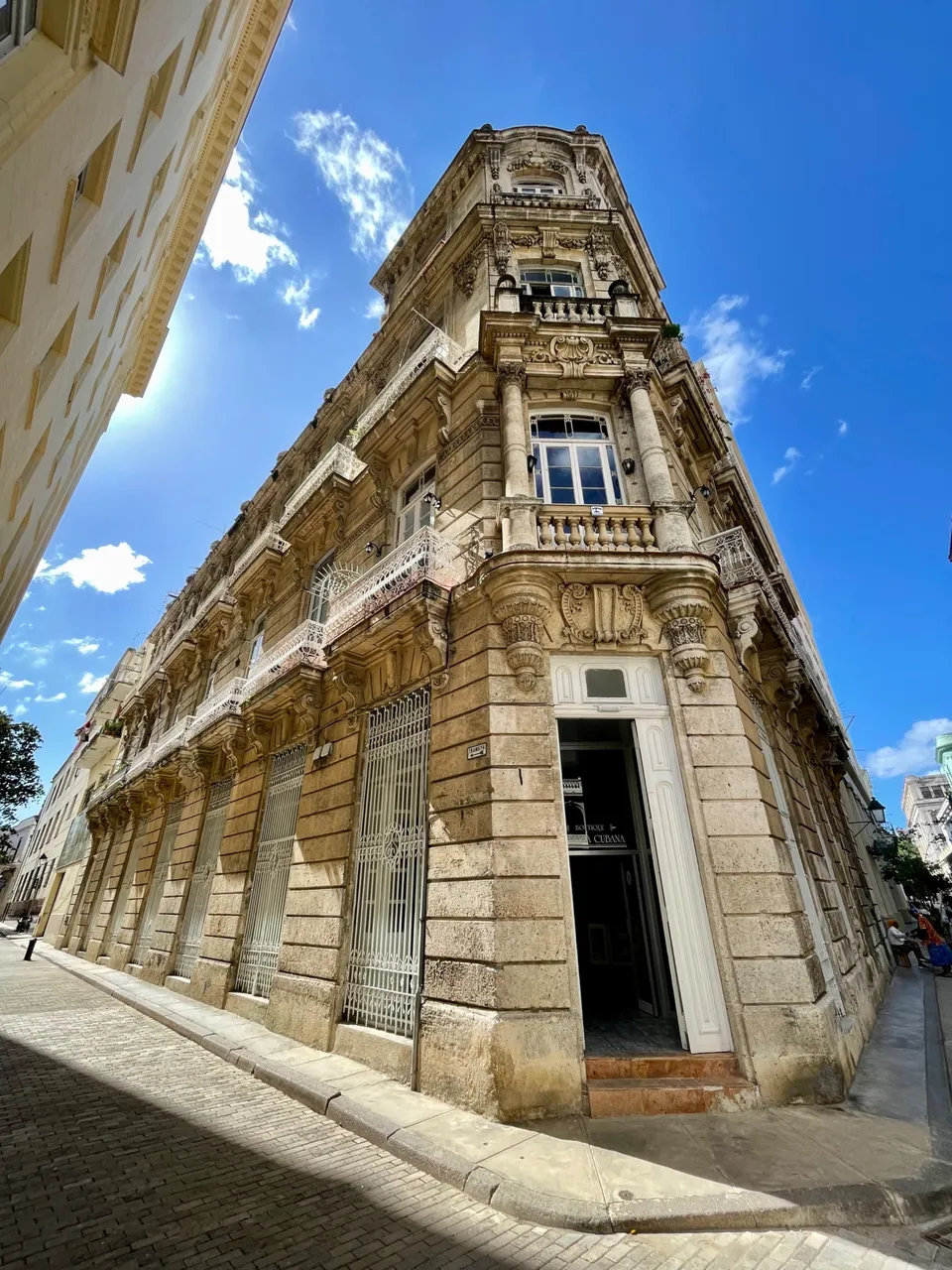

Heading further into the city center, along the iconic Paseo del Prado, you’ll find the historic Hotel Telégrafo. This 4-star gem, established in 1858, holds a special place in Cuba’s hospitality scene.
Not only is it the first hotel in Cuba dedicated to the LGBTQ+ community, but it also doubles as a cultural showcase. Inside, you’ll discover works by renowned Cuban visual artists, a collection of antique telegraphs and even a section of the first undersea cable that connected Havana and New York via telephone.
Beyond its rich history, the hotel offers modern comforts, stylish rooms, and exceptional service making it a standout stay for travelers who appreciate both heritage and hospitality.
Ya más al centro de ciudad, en el Paseo del Prado se ubica el Hotel Telégrafo de 4 estrellas, insignia desde épocas de 1858.
Primer hotel de Cuba dedicado a la comunidad LGTBIQ+, donde se muestran obras de reconocidos artistas cubanos de la plástica, así como varias piezas de telégrafos antiguos y una sección del primer cable marítimo con el que se estableció comunicación telefónica entre La Habana y Nueva York.
Aparte del confort de las habitaciones y excelente servicio al cliente por parte del personal.

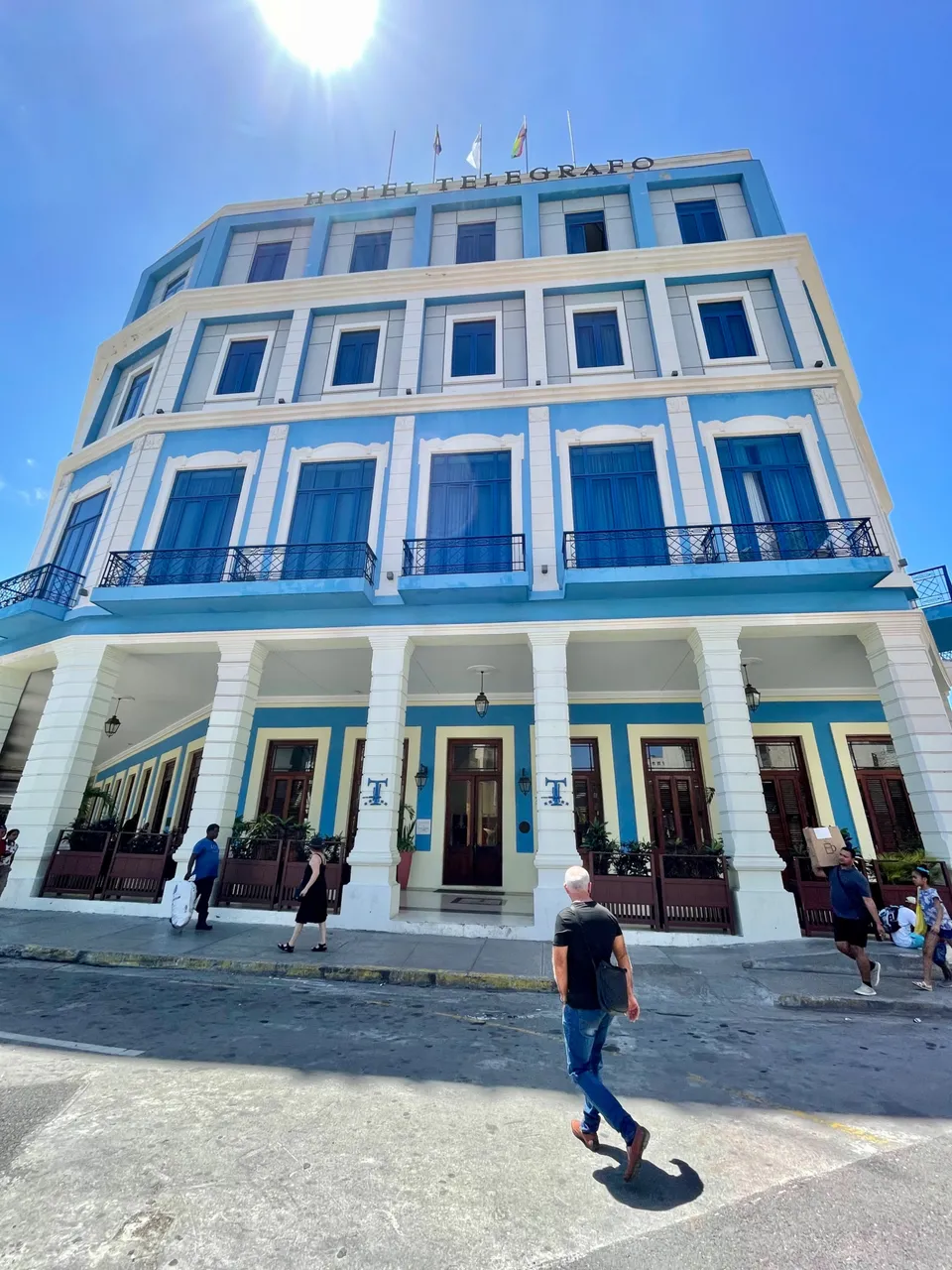
Indeed, architectural styles often reflect the historical period in which they were built, but Havana's urban fabric tells a far more complex story. The city's urban development has been uneven, deeply intertwined with the nation's socioeconomic evolution - creating a striking disparity that some might mistake for eclecticism, yet revealing an unexpected order within the visual chaos.
As the city expanded from its original walled colonial core to working-class neighborhoods on the periphery, distinct districts and landmark constructions emerged, each telling its own chapter of Havana's layered history.
Como suele suceder, los estilos arquitectónicos expresan la etapa histórica en que fueron construidos, pero La Habana es mucho más compleja que eso. El desarrollo urbanístico ha sido irregular y muy aparejado a la vida socioeconómica del país, que aporta una disparidad confundida con eclecticismo, al apreciarse cierto orden en el caos visual.
Barrios y construcciones emblemáticas descuellan en cualquier recorrido, acordes a la expansión urbana desde la villa de intramuros hasta los repartos obreros en la periferia.
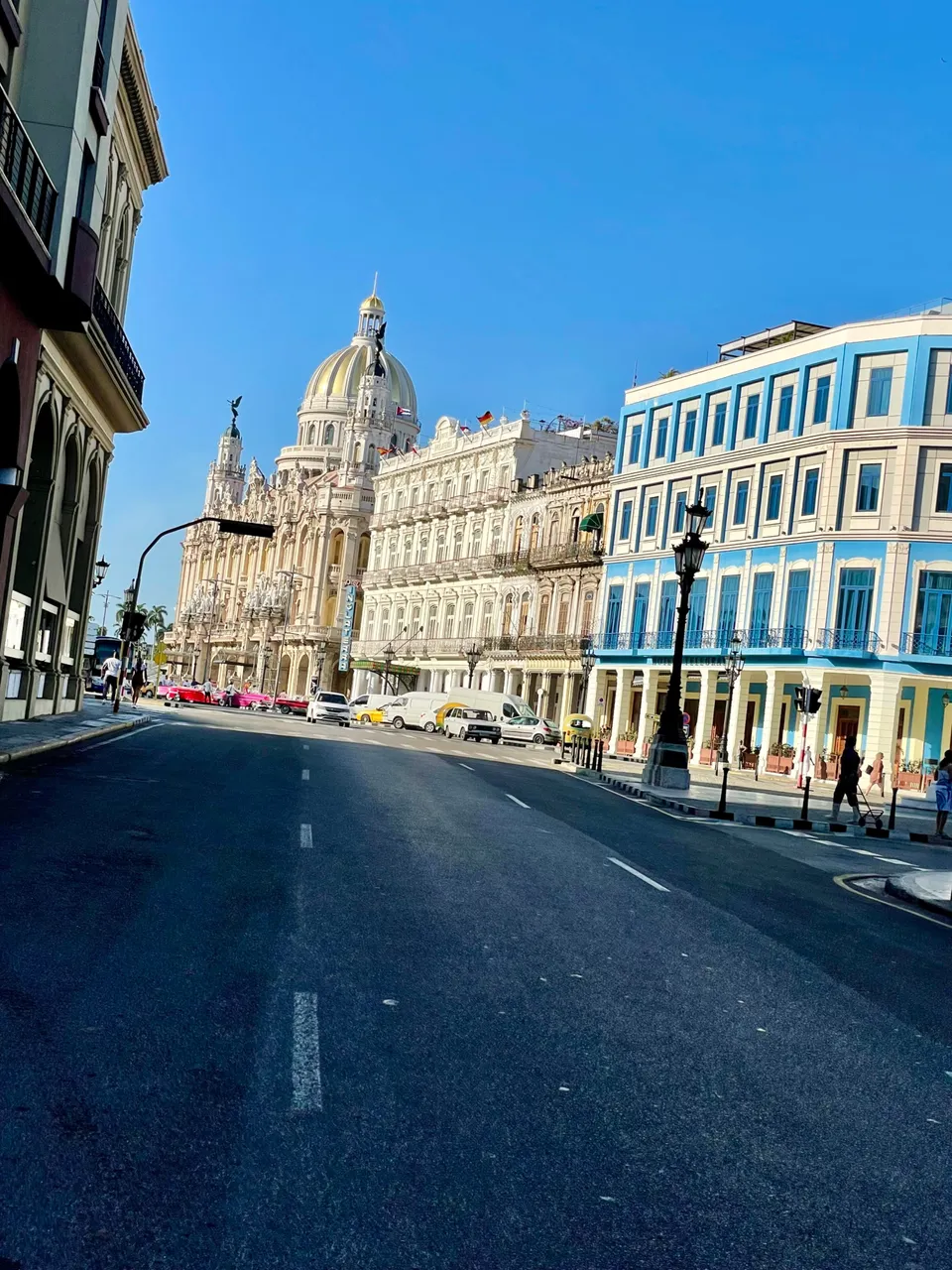
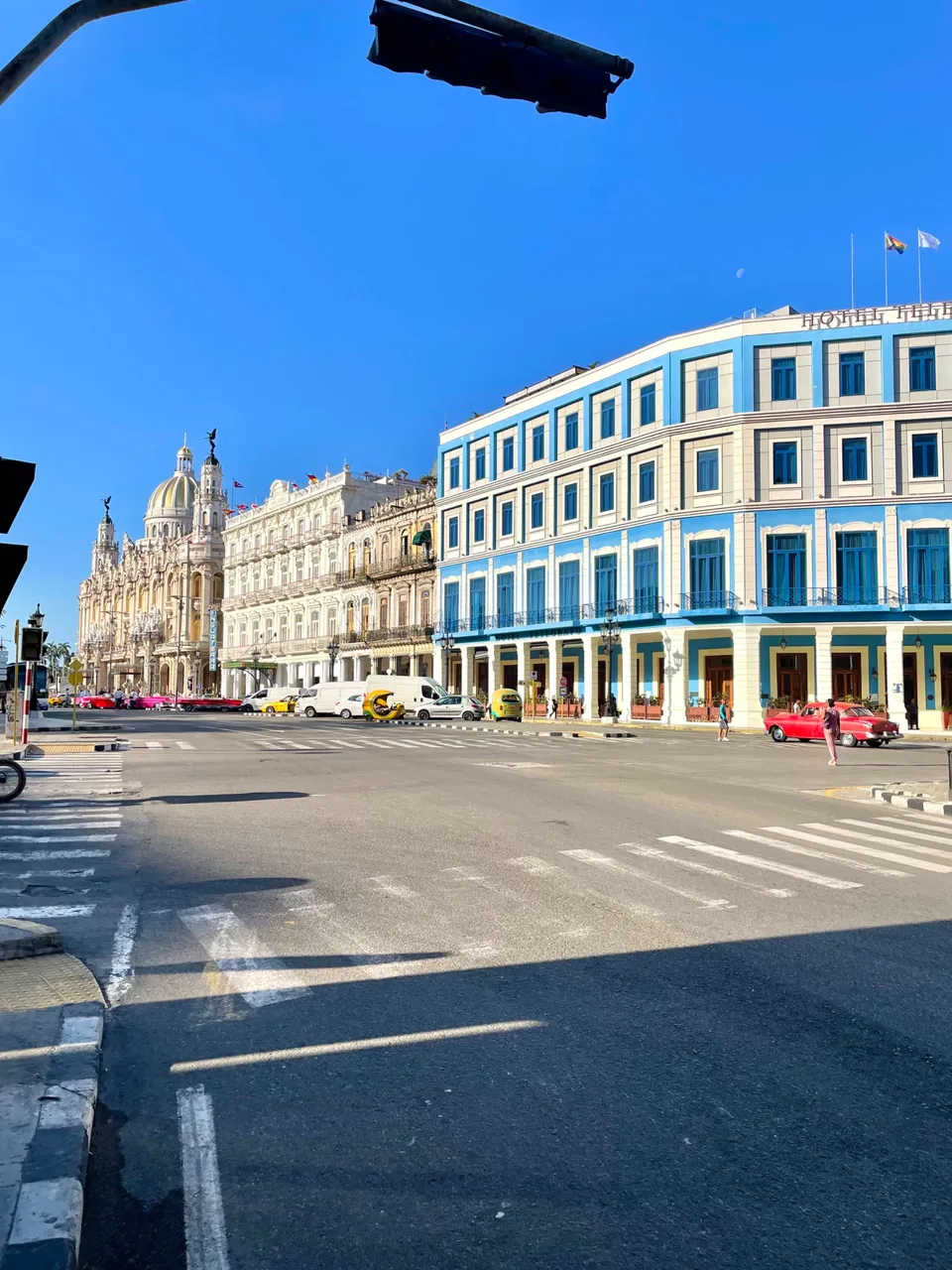
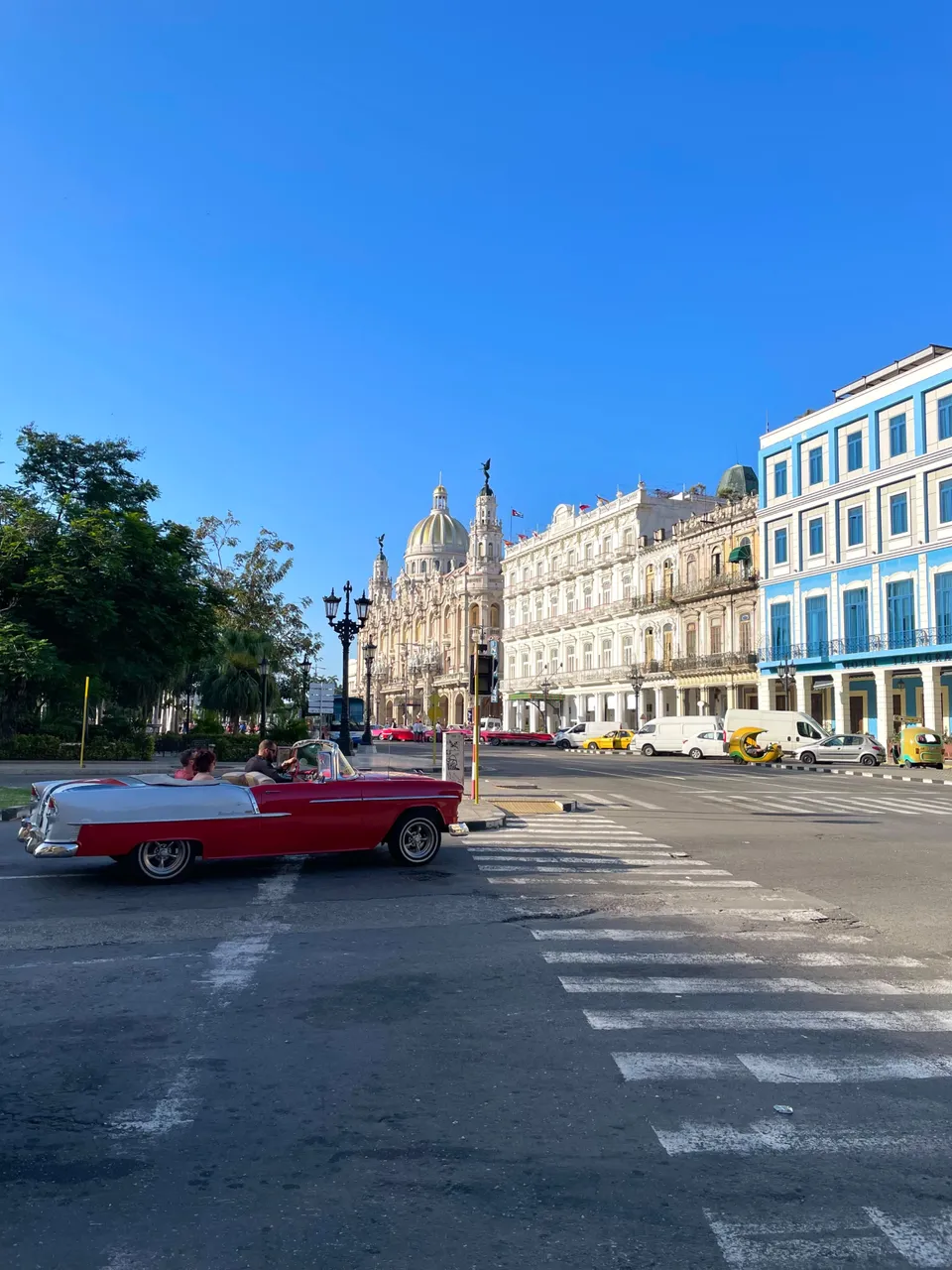
The majestic beauty of the Centro Asturiano's Baroque edifice a bold challenge to the past—creates the perfect setting to admire remarkable collections of European and ancient art, alongside curated selections of Asian, Latin American, and North American works.
Without a doubt, this is one of the finest universal art museums in the entire Caribbean. You could easily spend an entire day exploring its treasures, from Cuban pop art to Greek ceramics, with every gallery offering new surprises. A must-visit for art lovers seeking both breadth and depth in Havana’s cultural scene.
La imponente belleza de un edifico barroco de Centro Asturiano que reta al pasado, es el marco perfecto para admirar importantes exponentes de arte antiguo y europeo, además de selecciones de arte asiático, latinoamericano y norteamericano.
Éste es sin lugar a dudas uno de los mejores museos de arte universal de todo el Caribe. En él puede pasarse todo un día viendo todo tipo de obras, desde pop art cubano hasta cerámica griega.
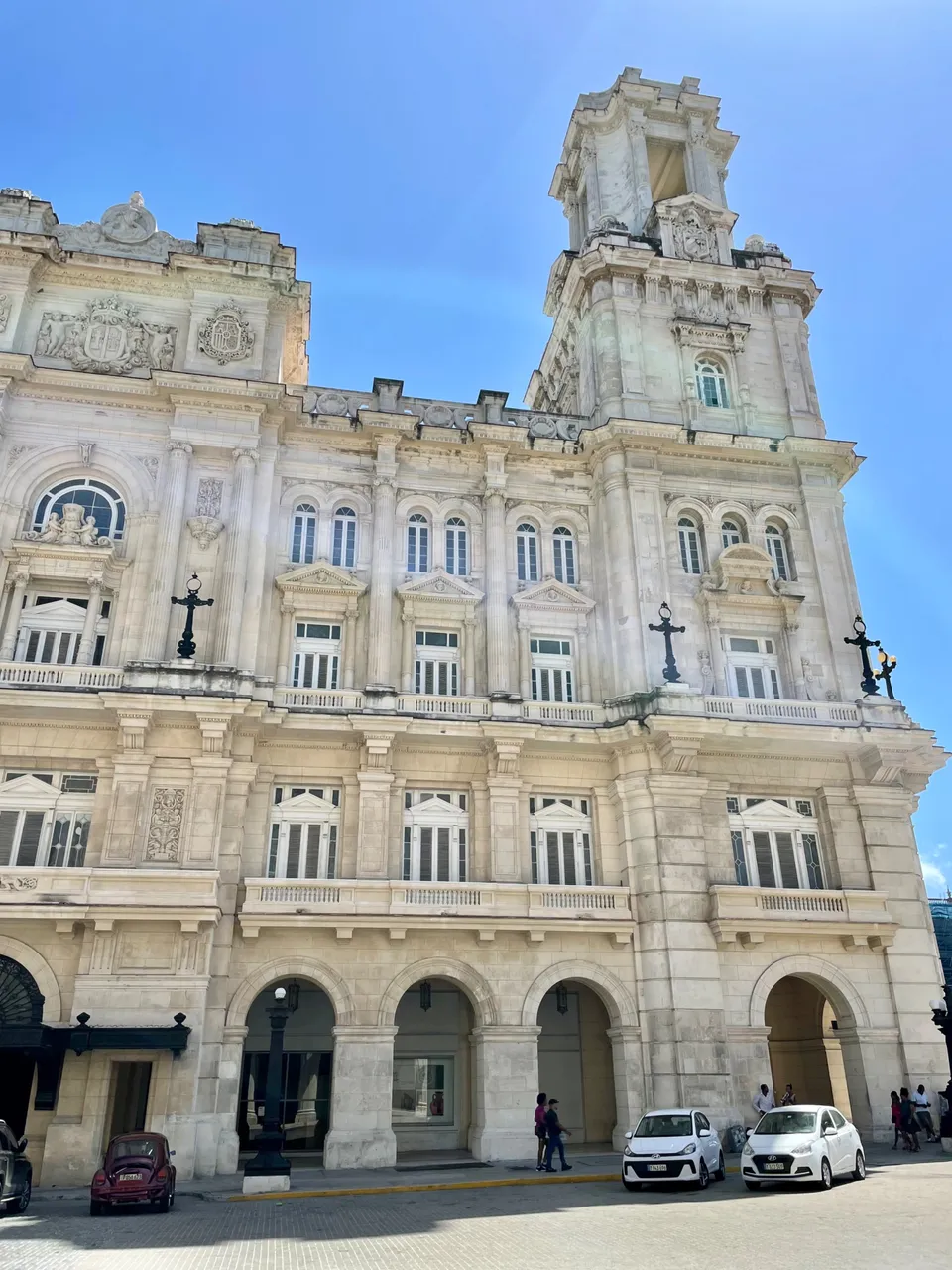

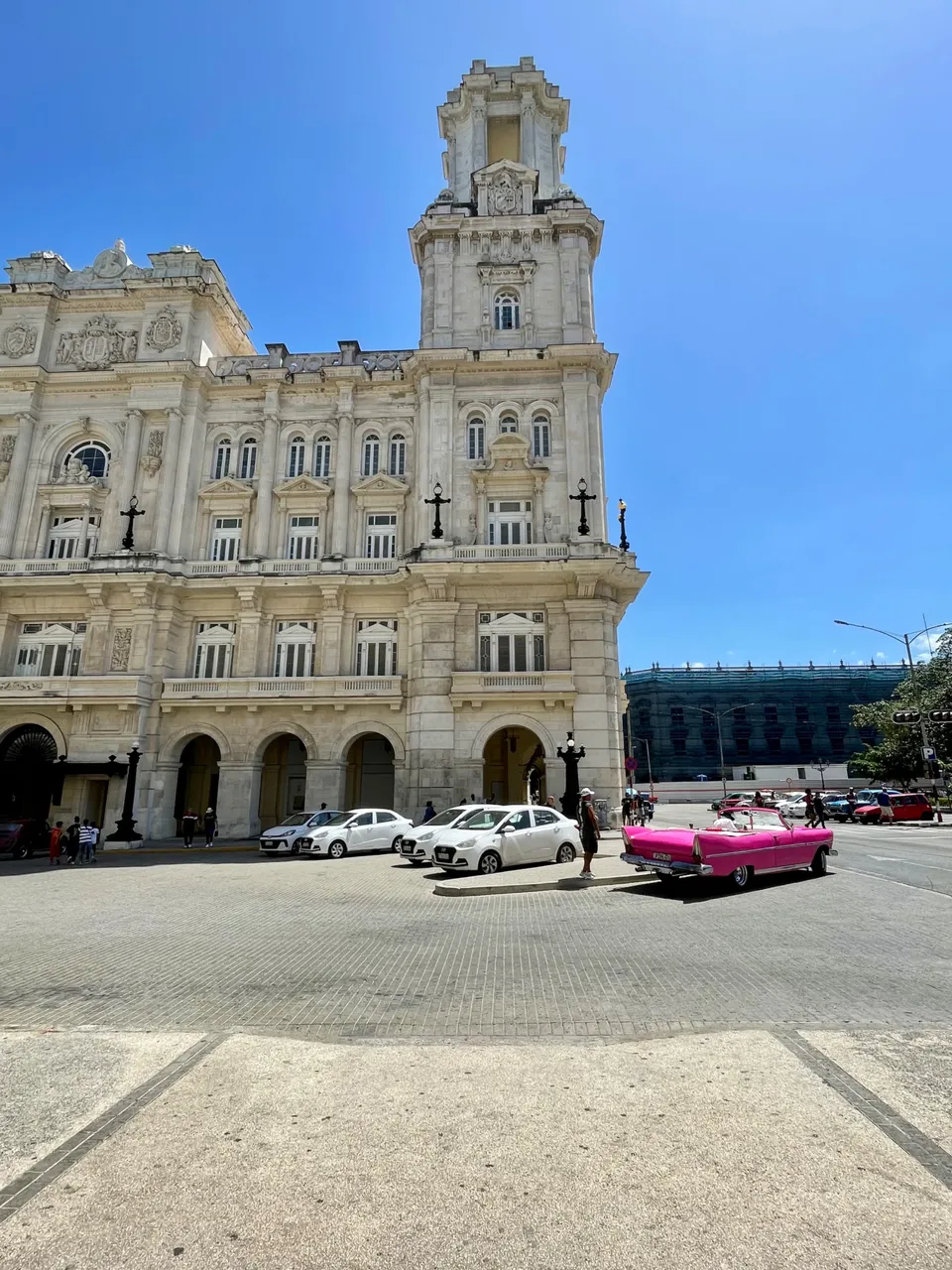
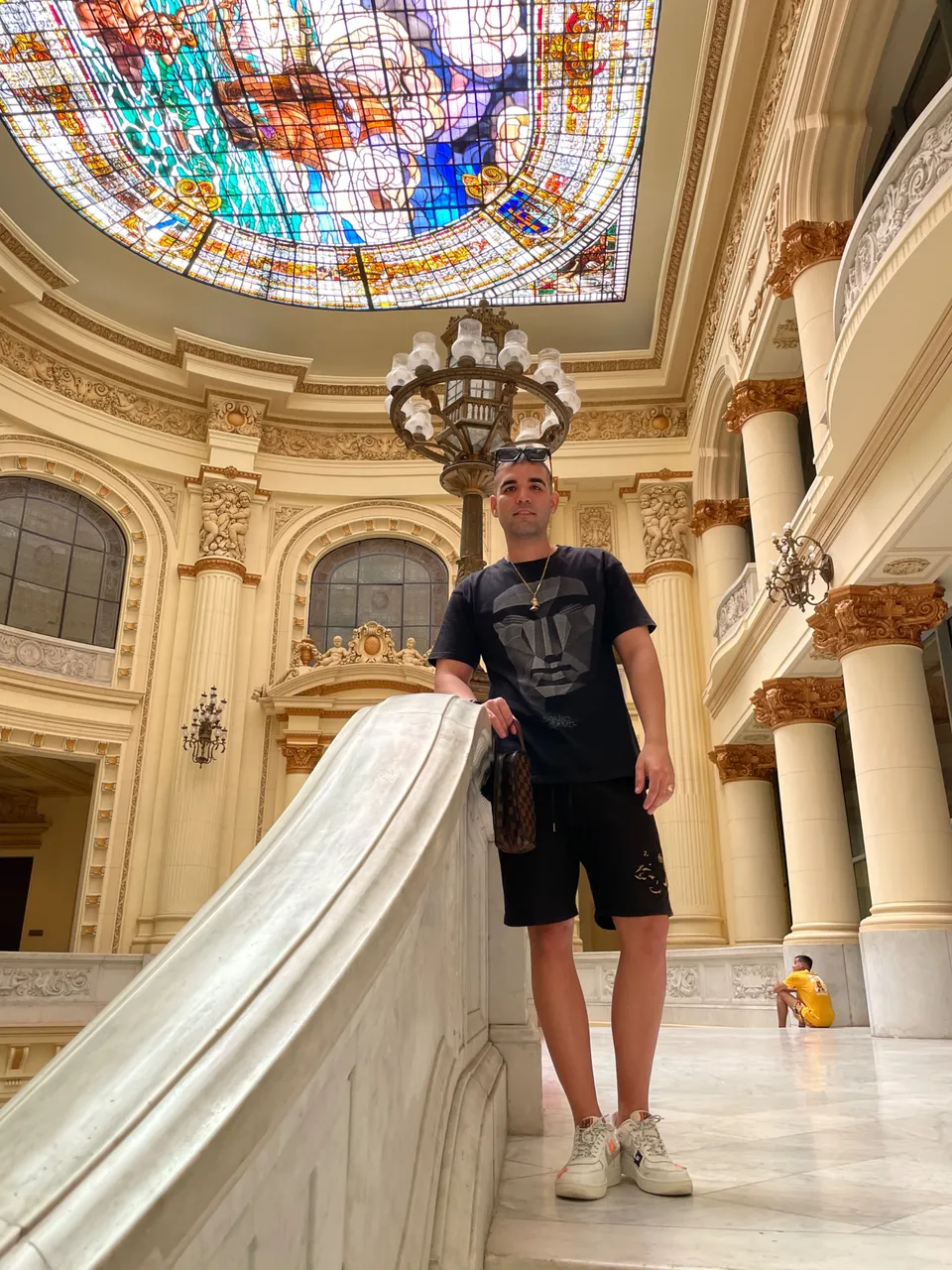

For unforgettable sunsets and the best views of Havana, I highly recommend spending an evening at the luxurious Gran Hotel Packard. From its privileged heights, you'll enjoy breathtaking panoramas of El Morro Habanero and can admire the modern architectural marvel that is the Paseo del Prado hotel.
Personally, I'm obsessed with this spot—I'd return a thousand times to enjoy these vistas, whether for a romantic evening or quality family time.
Si deseas tener un lindo atardecer y mejores vistas de La Habana, les invito a pasar una tarde en el Hotel de lujo Grand Packard, donde podrás apreciar de vistas insignificantes del Morro Habanero, además del Hotel Paseo del Prado con su arquitectura moderna y admirable.
Las alturas del lugar a mi me encantan, pues iría una y mil veces más a pasar la tarde en familia o pareja.

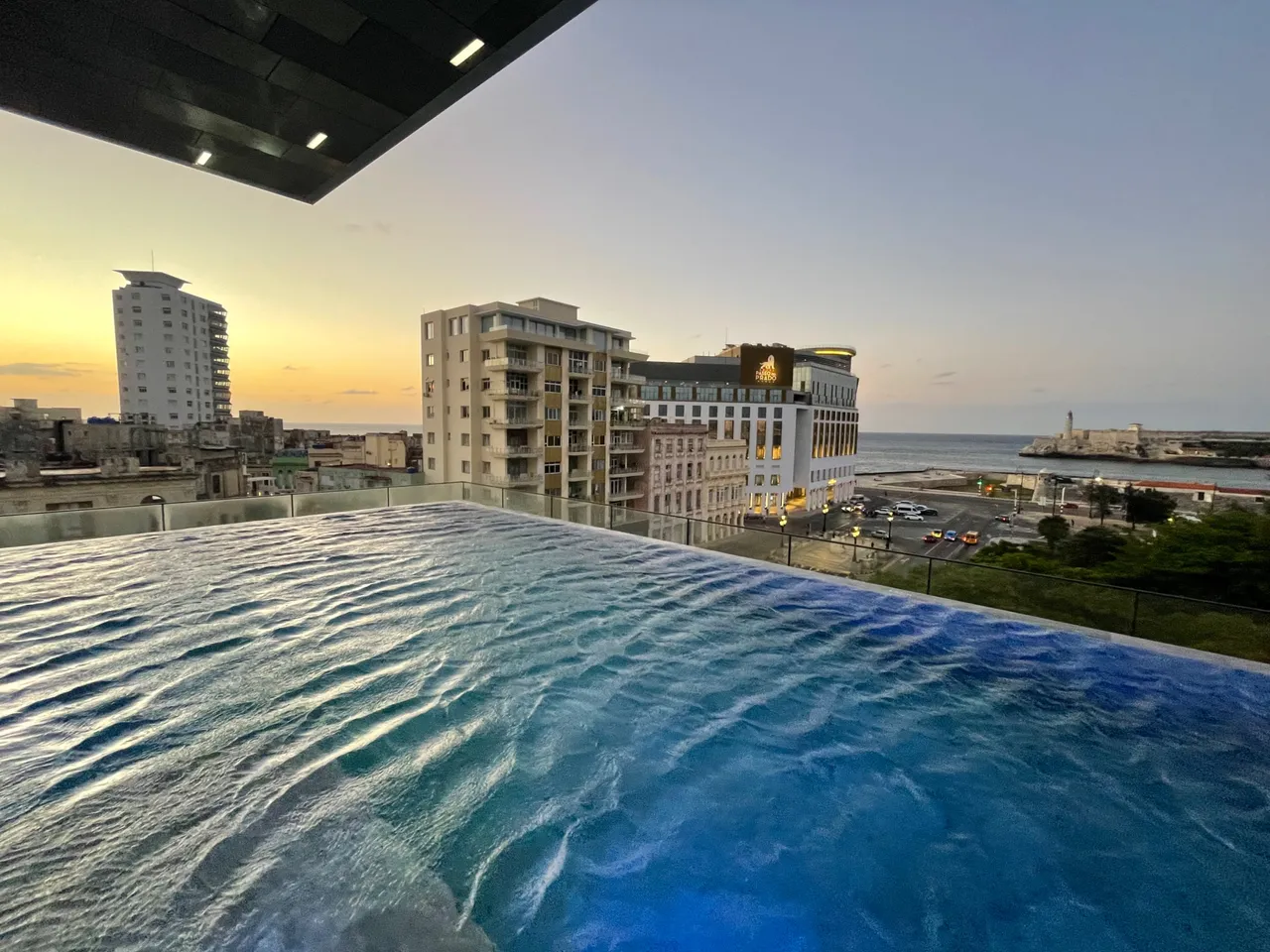
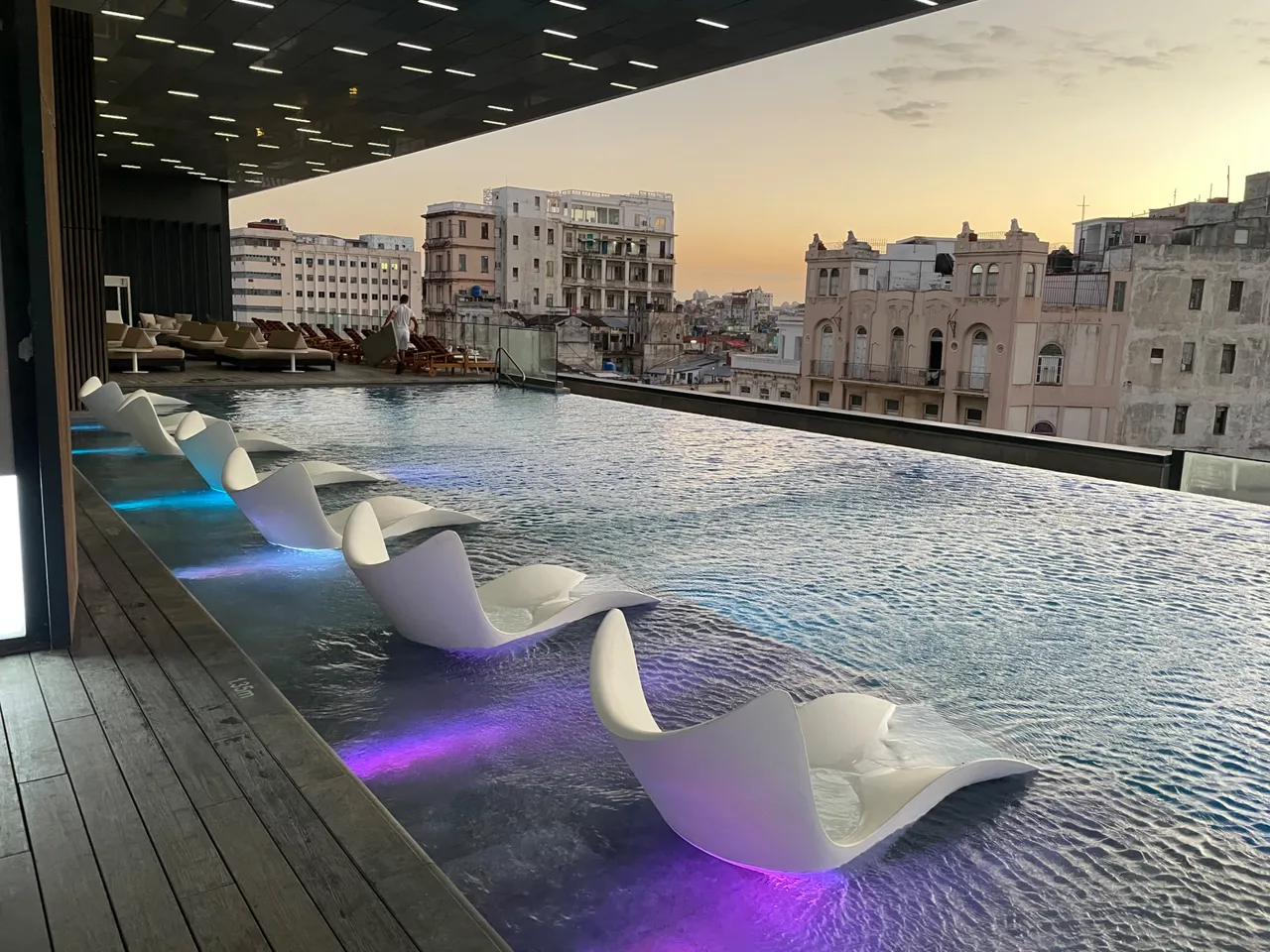
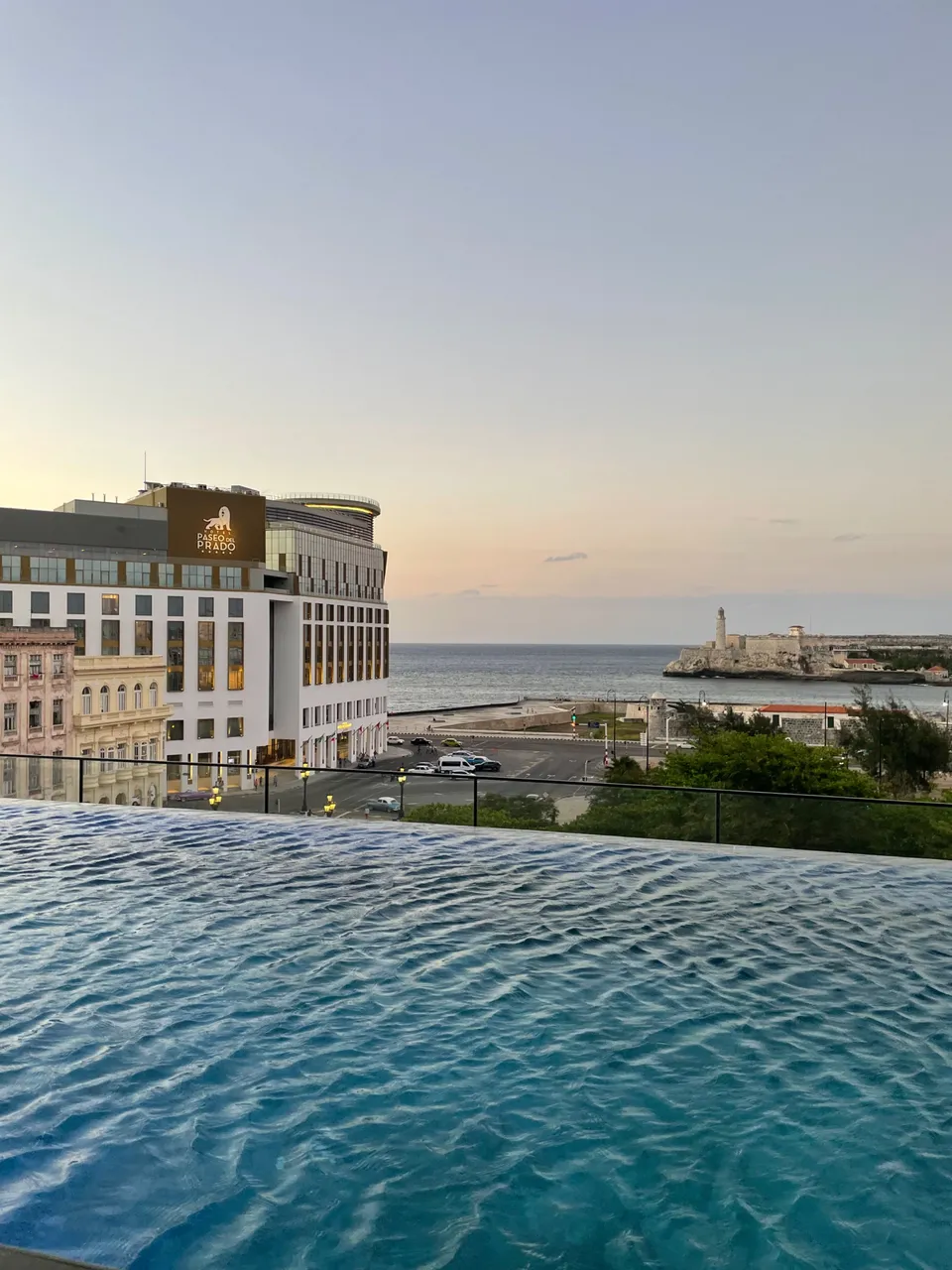
Another iconic building in the heart of Old Havana is the 5-star Iberostar Selection Parque Central, which offers a unique experience combining colonial architecture and modern amenities.
Its rooftop features a panoramic pool with stunning views of the city, allowing guests to relax while admiring the cityscape. It also includes a gallery below the hotel and a spacious and comfortable lobby bar.
Otra de las edificaciones emblemáticas del corazón de la Habana Vieja, es el Iberostar Selection Parque Central de 5 estrellas, que ofrece una experiencia única combinando arquitectura colonial y servicios modernos.
Su azotea ofrece una piscina panorámica con una vista impresionante de la ciudad, permitiendo a los huéspedes relajarse mientras admiran el paisaje urbano, contiene una galería por debajo de la instalación, y un lobby bar extenso y confortable.
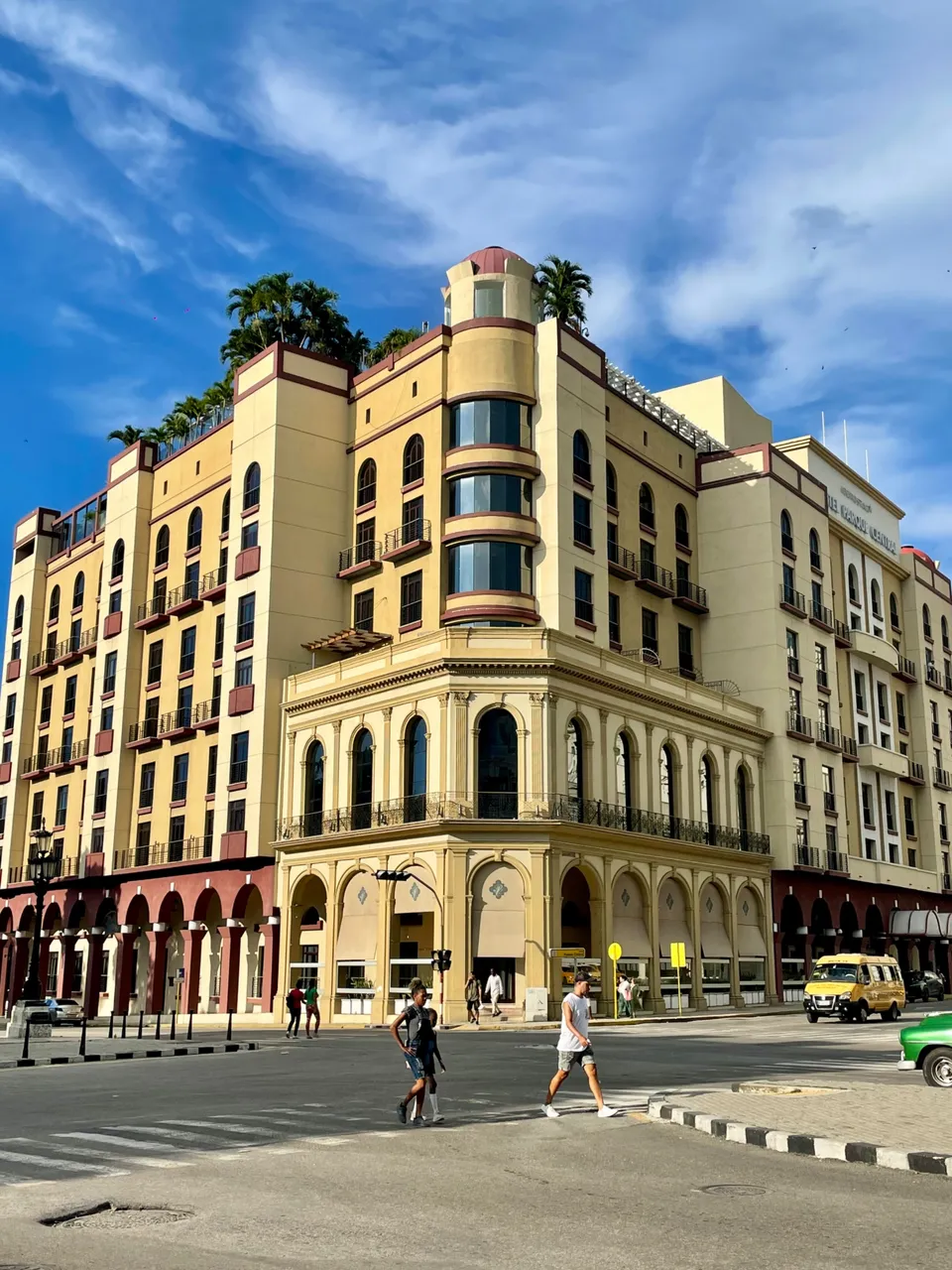

This 4-star Plaza Hotel, located across from the Iberostar, is said to also be connected via internal tunnels, allowing you to access the classic-style building constructed in the early 19th century without having to cross streets. It boasts significant historical and heritage values, and the high quality standards it implements in its boutique properties.
Illustrious international figures such as scientist Albert Einstein have been guests of the Plaza in the past.
Este hotel Plaza de categoría 4 estrellas, se ubica frente al Iberostar, se dice que también se comunica por túneles internos sin tener que cruzar calles para llegar a la edificación estilo clásico construido a inicios del Siglo XIX, si así lo desea. Es poseedora de altos valores históricos y patrimoniales con altos estándares de calidad que implanta a sus propiedades boutique.
Fueron huéspedes del Plaza en el pasado, ilustres personalidades internacionales como el científico Albert Einstein.
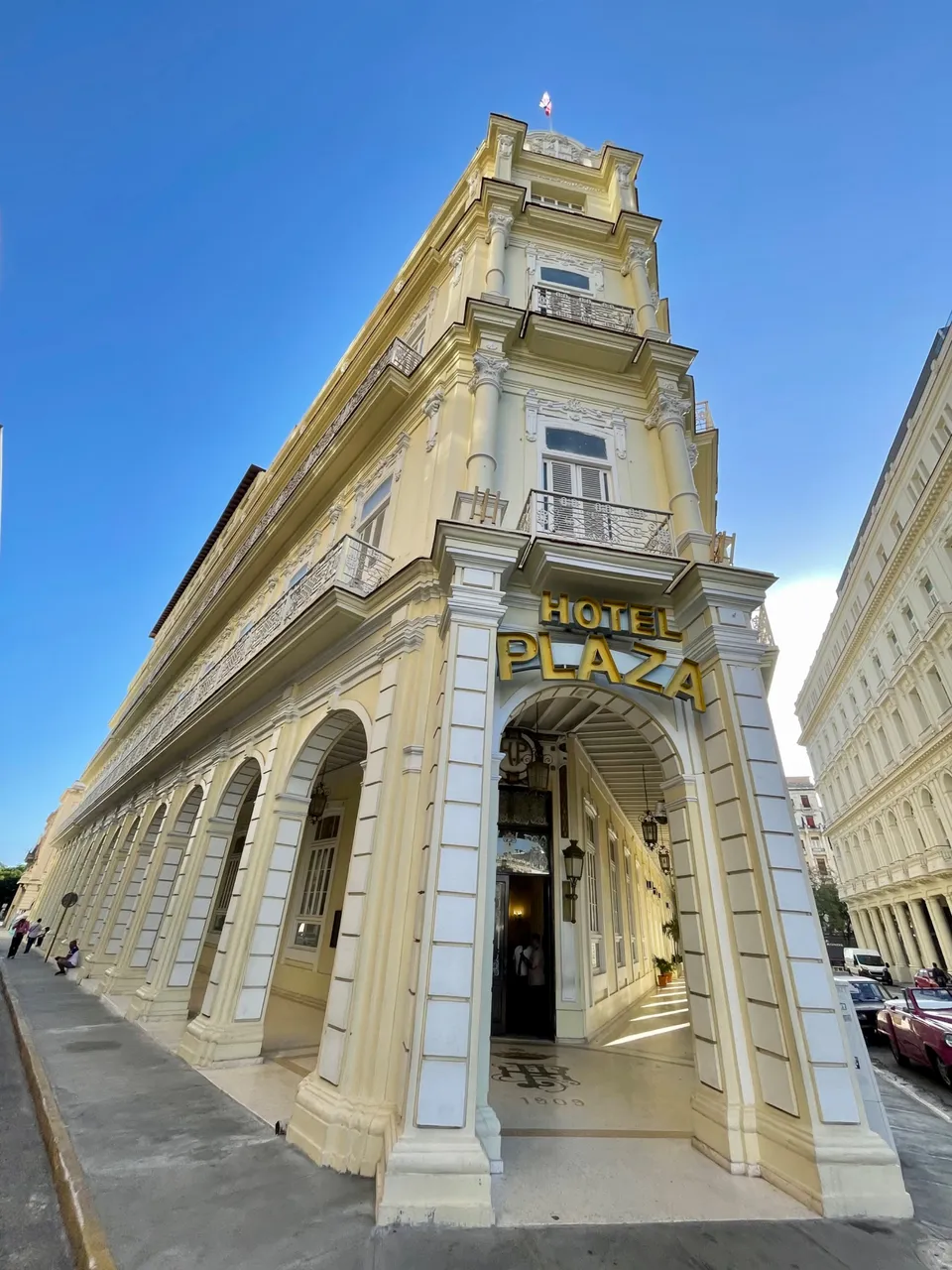

Walking north, we find the Bacardí Building, considered the first Art Deco building built in Havana. It was erected in 1930 to house the Bacardí company's offices. At one time, it was the tallest building in Cuba; its façade is clad in red Bavarian granite and features a bat, the Bacardí symbol, at its top.
All the original furnishings are still preserved, both inside and outside the building, which is currently occupied by national and international companies.
Caminando al norte, encontraremos al Edificio Bacardí considerado el primer edificio en estilo 'art déco' construido en La Habana. Fue erigido en 1930 para albergar las oficinas de la compañía Bacardí. En su momento, fue el edificio más alto de Cuba; su fachada está revestida de granito rojo de Baviera y en su cúspide tiene un murciélago, símbolo de Bacardí.
Aún se conserva todo el mobiliario original tanto en el interior con exterior del edificio, actualmente ocupado por empresas nacionales y extranjeras.
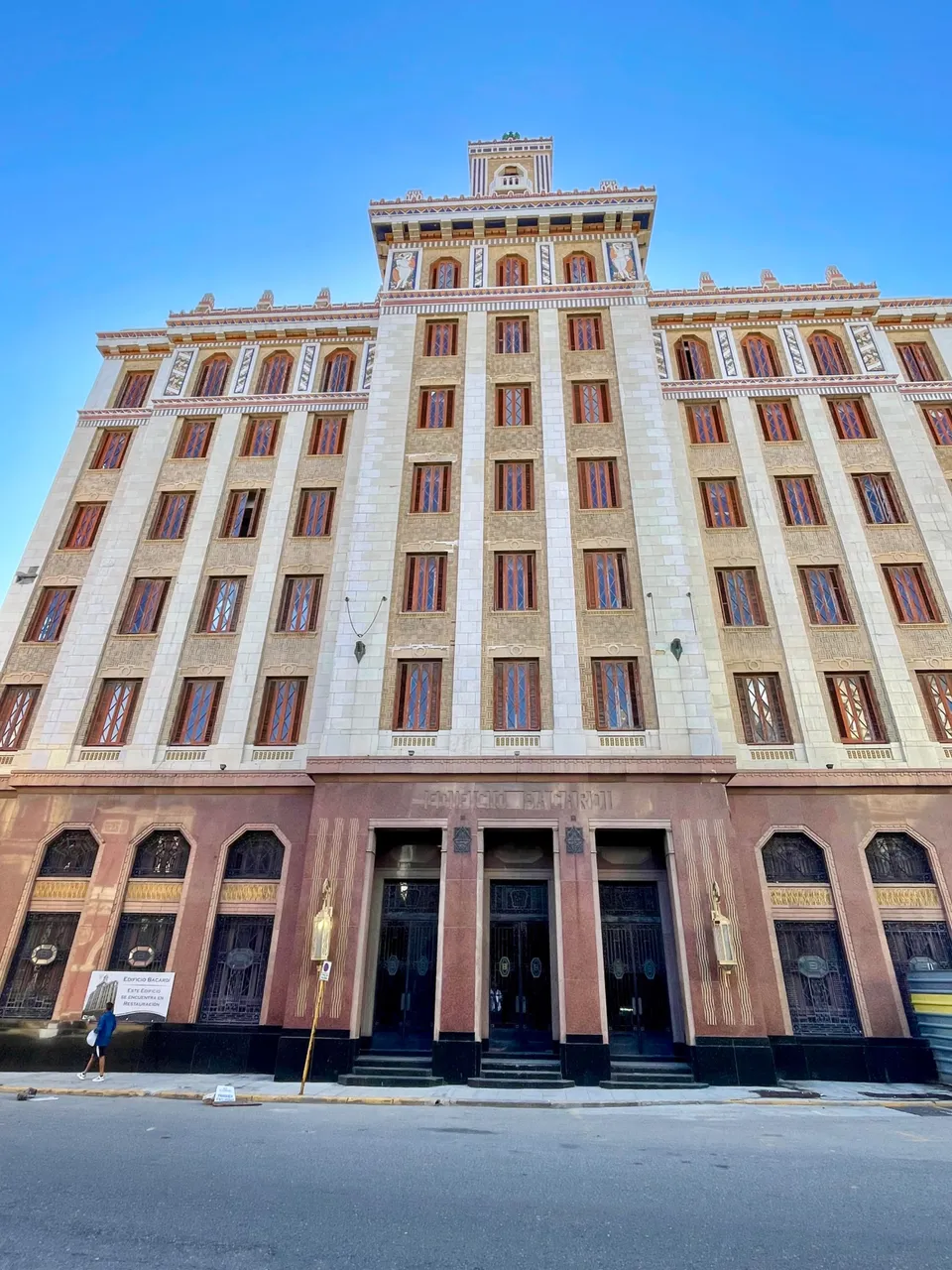
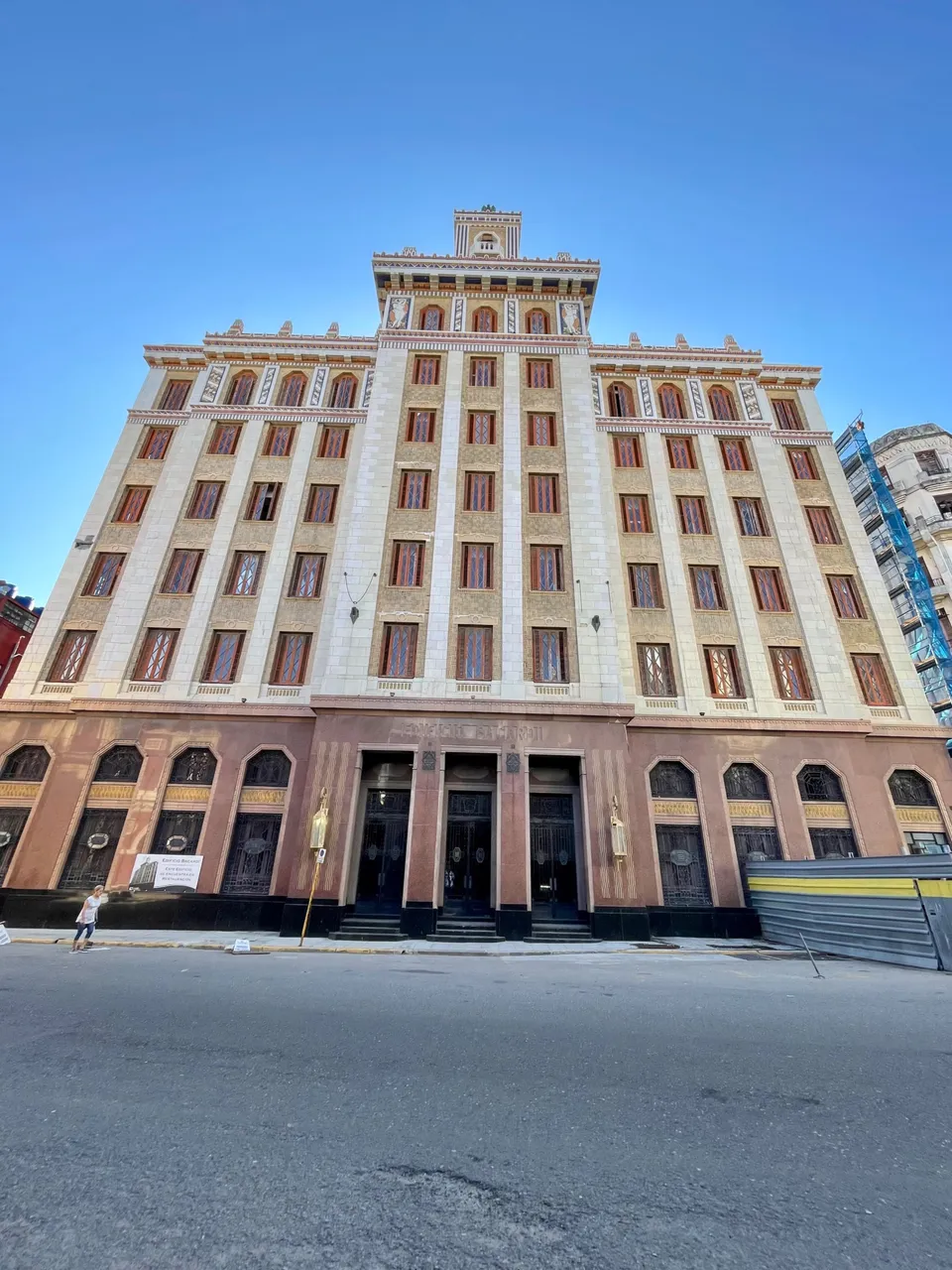
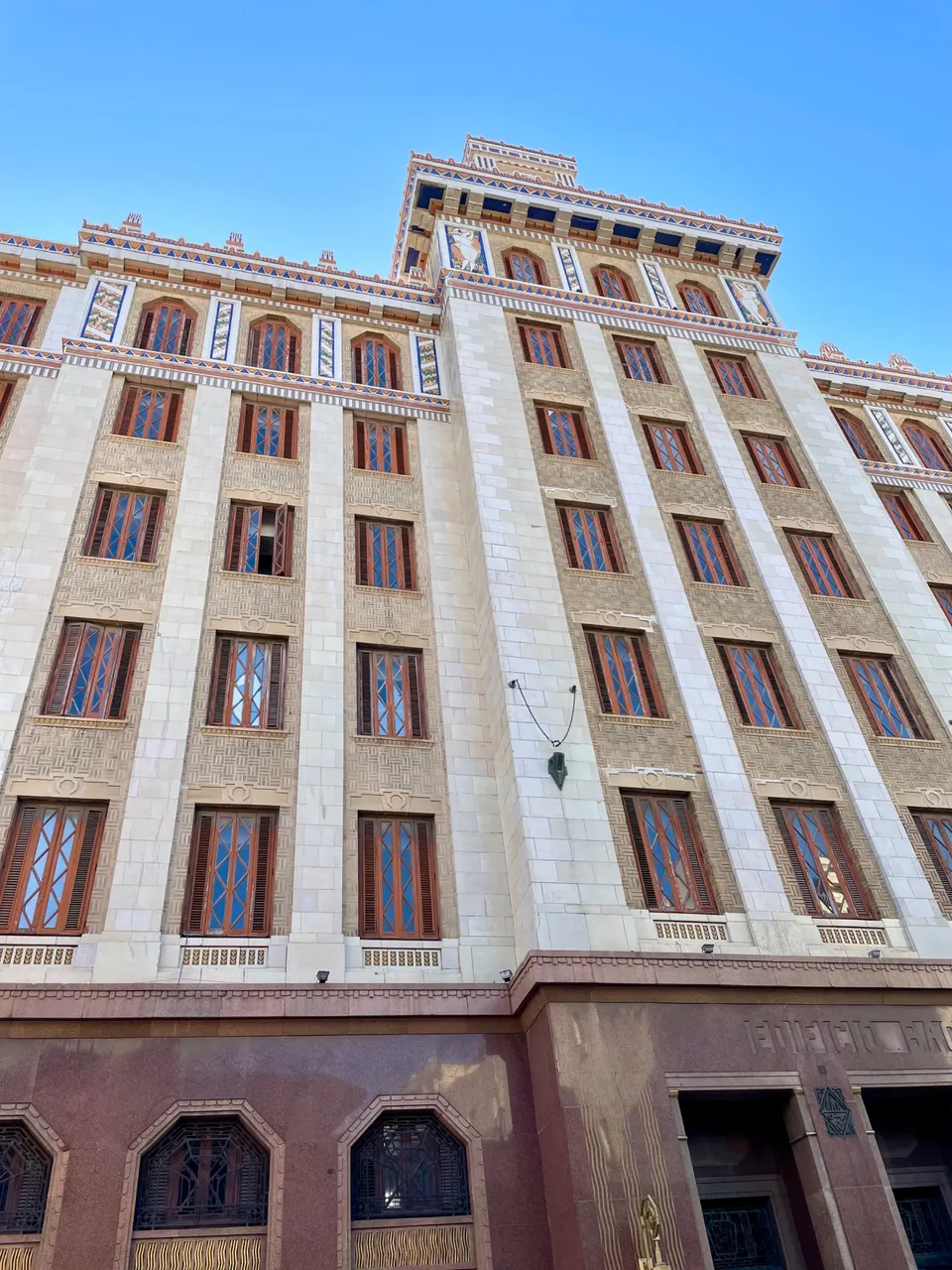
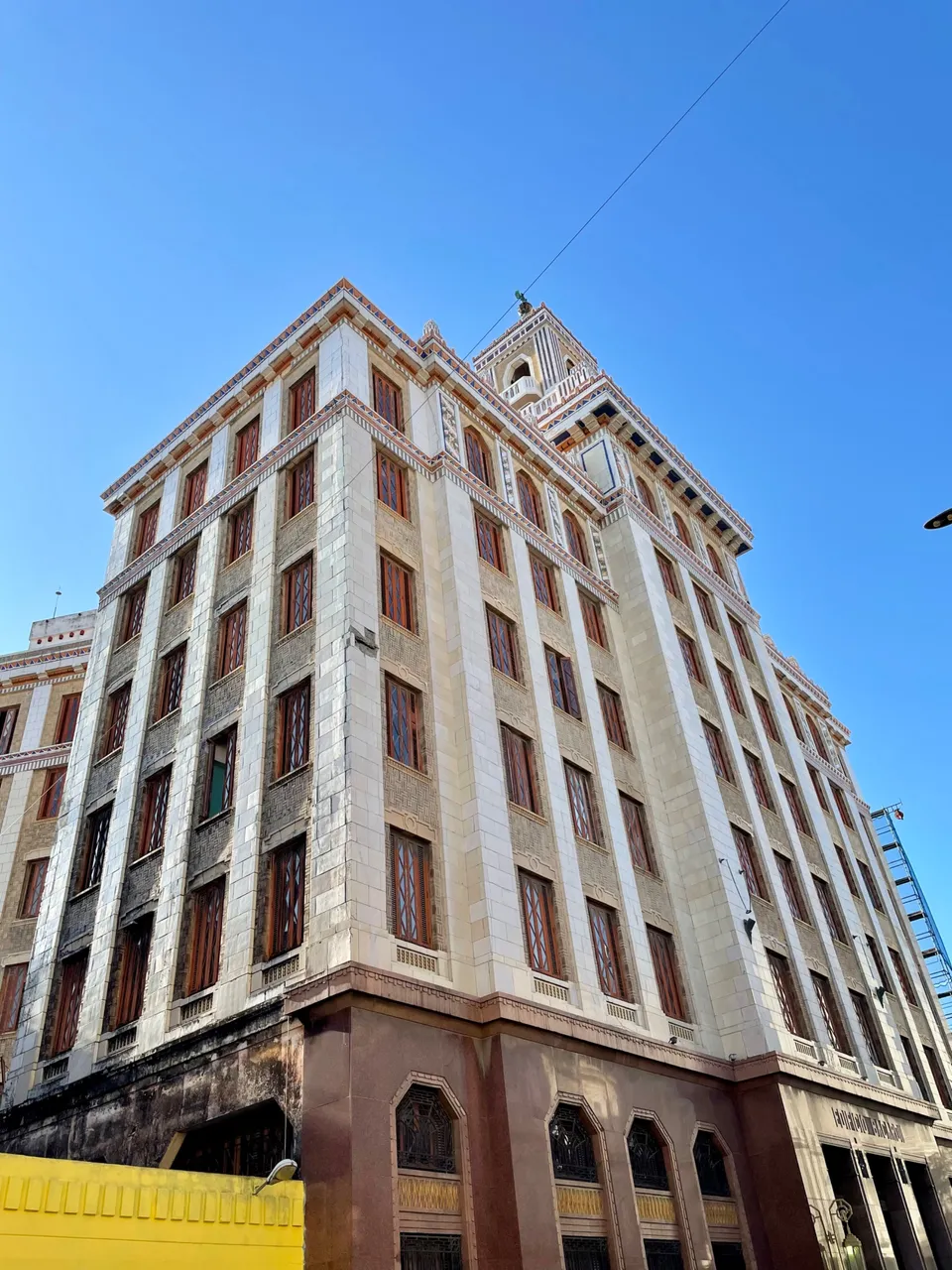
Moving on to another national gem, we find the Museum of the Revolution, located in the former Presidential Palace, a beautiful 20th-century building used by several Cuban presidents, including Fulgencio Batista.
Inside, important historical events and processes that occurred in the country are displayed, from the Granma Memorial to valuable historical artifacts linked to the War of Liberation and the subsequent battles of the Cuban people in defense of their sovereignty and independence.
Pasando a otra joya nacional, encontramos al Museo de la Revolución, ubicado en el antiguo Palacio Presidencial, un hermoso edificio del siglo XX utilizado por varios presidentes de Cuba, entre ellos Fulgencio Batista.
Dentro se muestran hechos y procesos históricos importantes ocurridos en el país, desde el Memorial Granma hasta valiosos objetos históricos vinculados a la guerra de liberación y a las posteriores batallas del pueblo cubano en defensa de su soberanía e independencia.
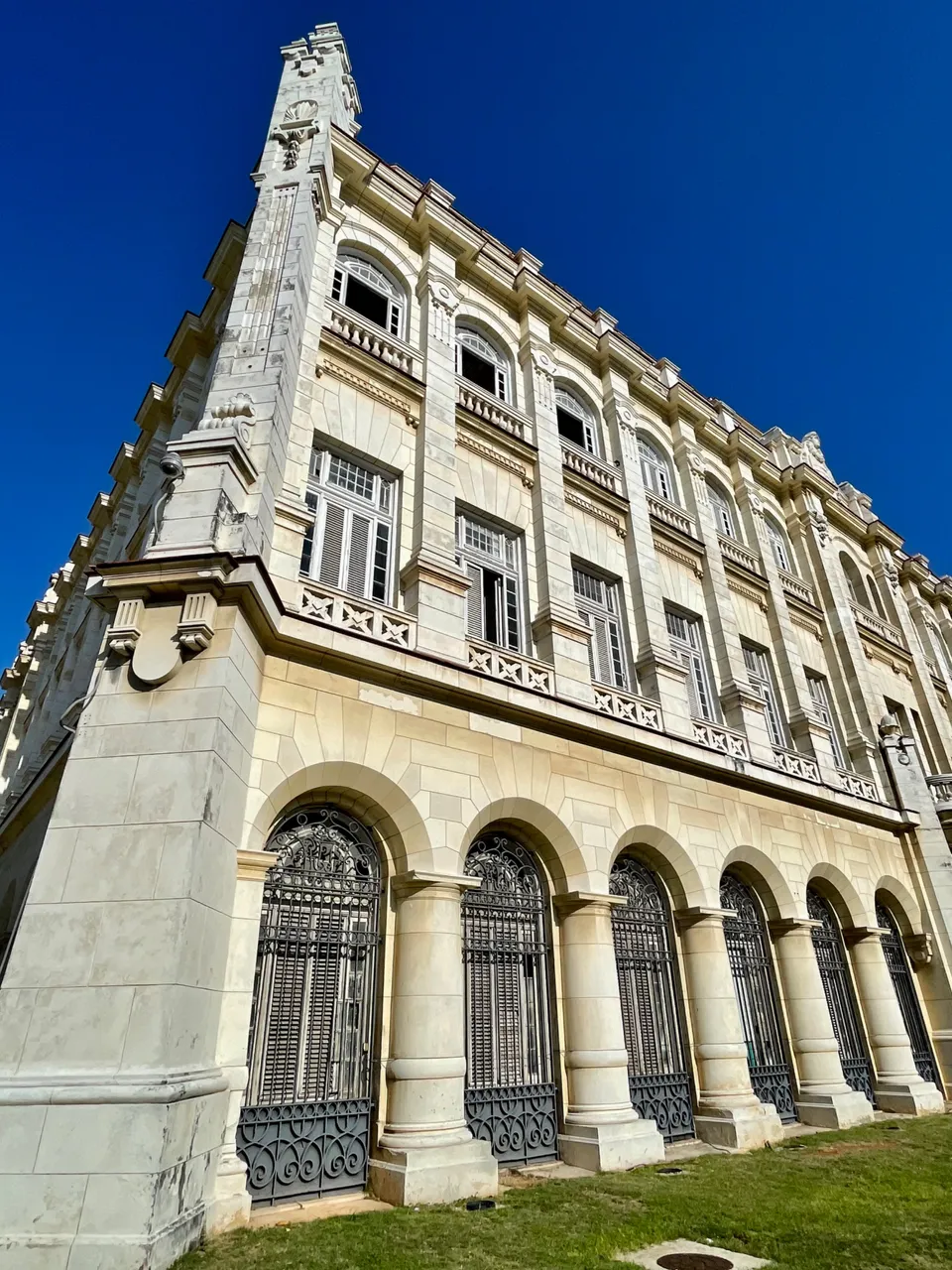


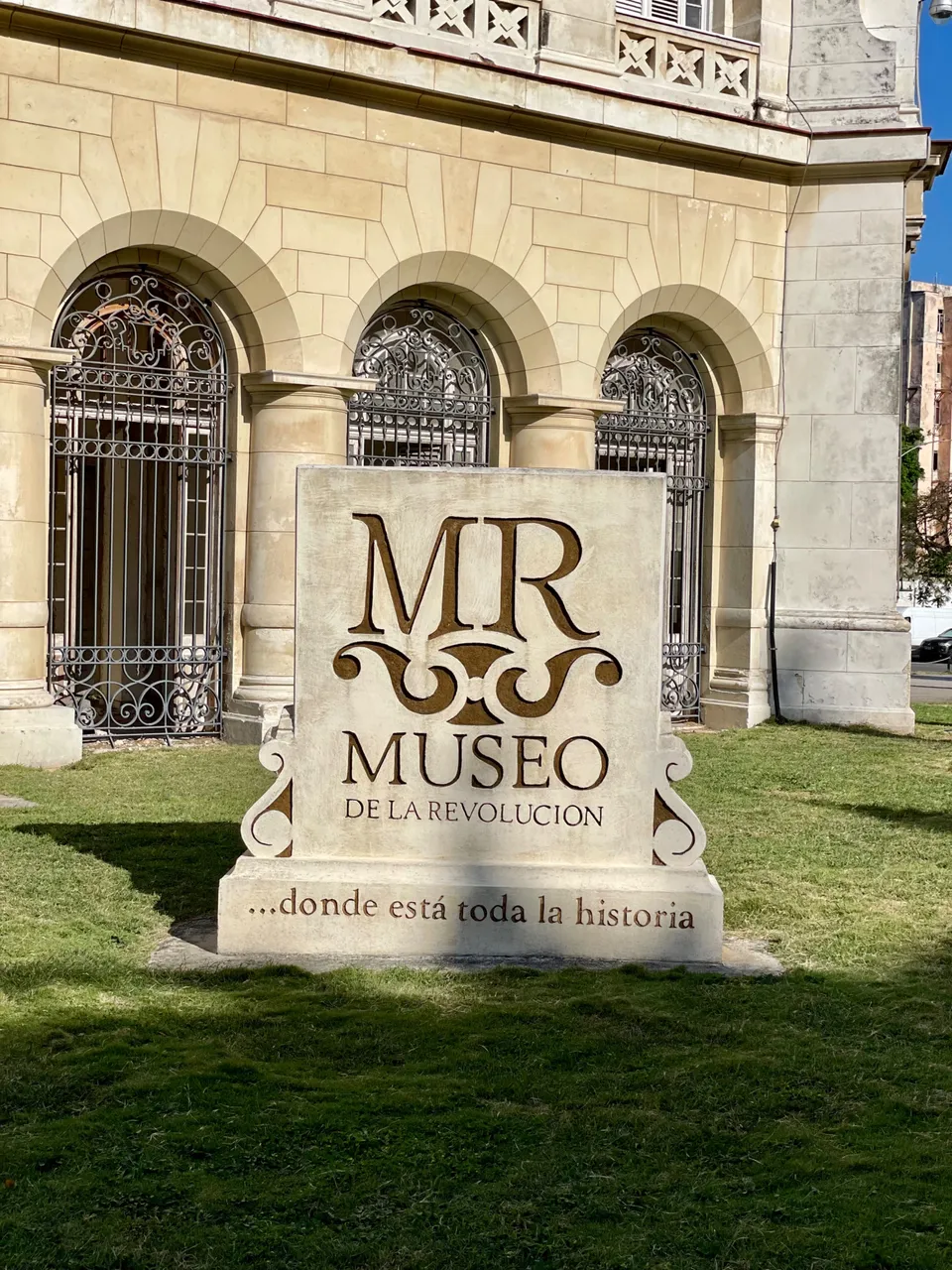
This one is well known for its nightclub, "El Salón Rojo," where the best parties in the capital were held. It is located in the historic NH Capri Hotel in Havana's Vedado neighborhood.
Its architecture is traditional for its era, where it hosted several celebrities and gangsters, and also had on-site casinos.
Este siguiente es muy conocido por su discoteca nocturna 'El Salón Rojo' donde se hacían las mejores fiestas de la capital, localizada en el Hotel histórico NH Capri en el barrio Vedado en La Habana.
Su arquitectura es tradicional de su época, donde contó con varios famosos y gánster, además de poseer casinos internos.
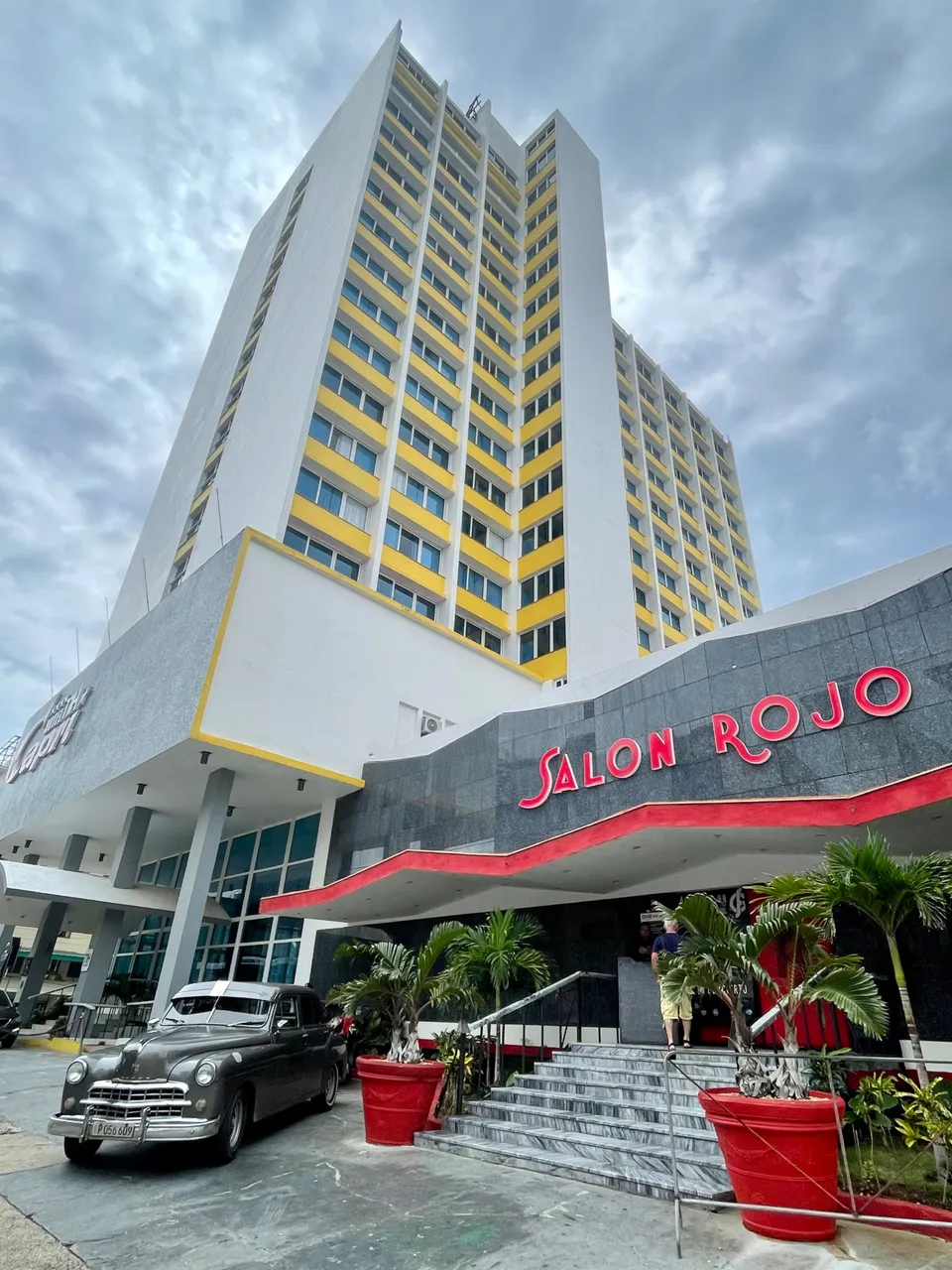

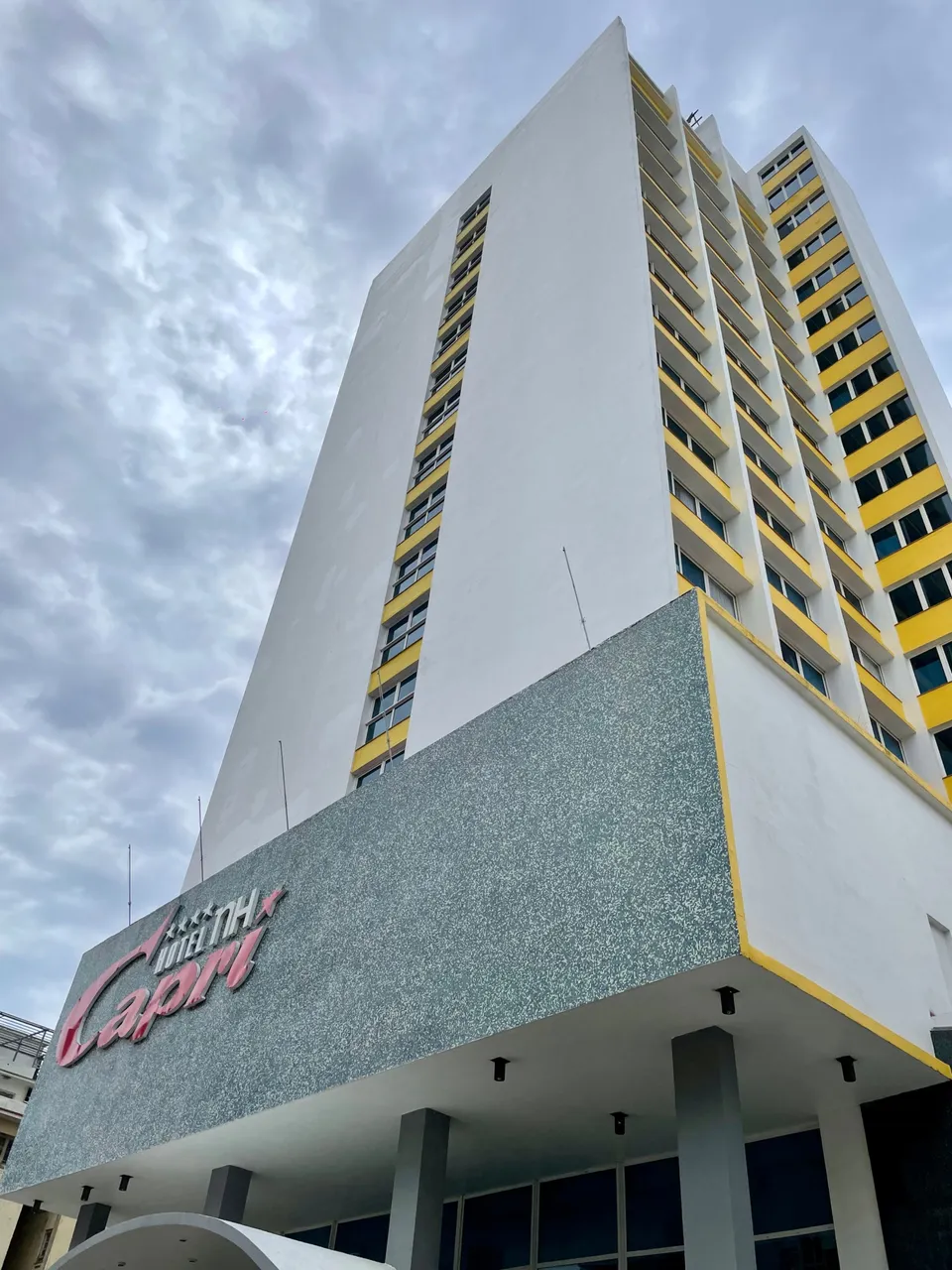
Moving on to the last hotel—a treat for hotel design enthusiasts—this is the newest 5-star hotel in Havana: the Mystique Regis Hotel.
Its furnishings are inspired by the 1940s style, blended with contemporary touches, giving the property a modern feel. The spaces have been optimized to make the most of natural light, creating a uniquely charming and distinctive ambiance.
Pasando al último hotel que tome fotos para los amantes de diseños hoteleros, es el más nuevo realizados en La Habana, Hotel Mystique Regis de 5 estrellas.
Su mobiliario está ambientado en el estilo de la época de los años 40, combinado con toques de contemporaneidad, que le otorgan una visión moderna a la instalación, cuyos espacios se han optimizado de manera que se aprovecha al máximo la luz natural con un encanto peculiar y único.
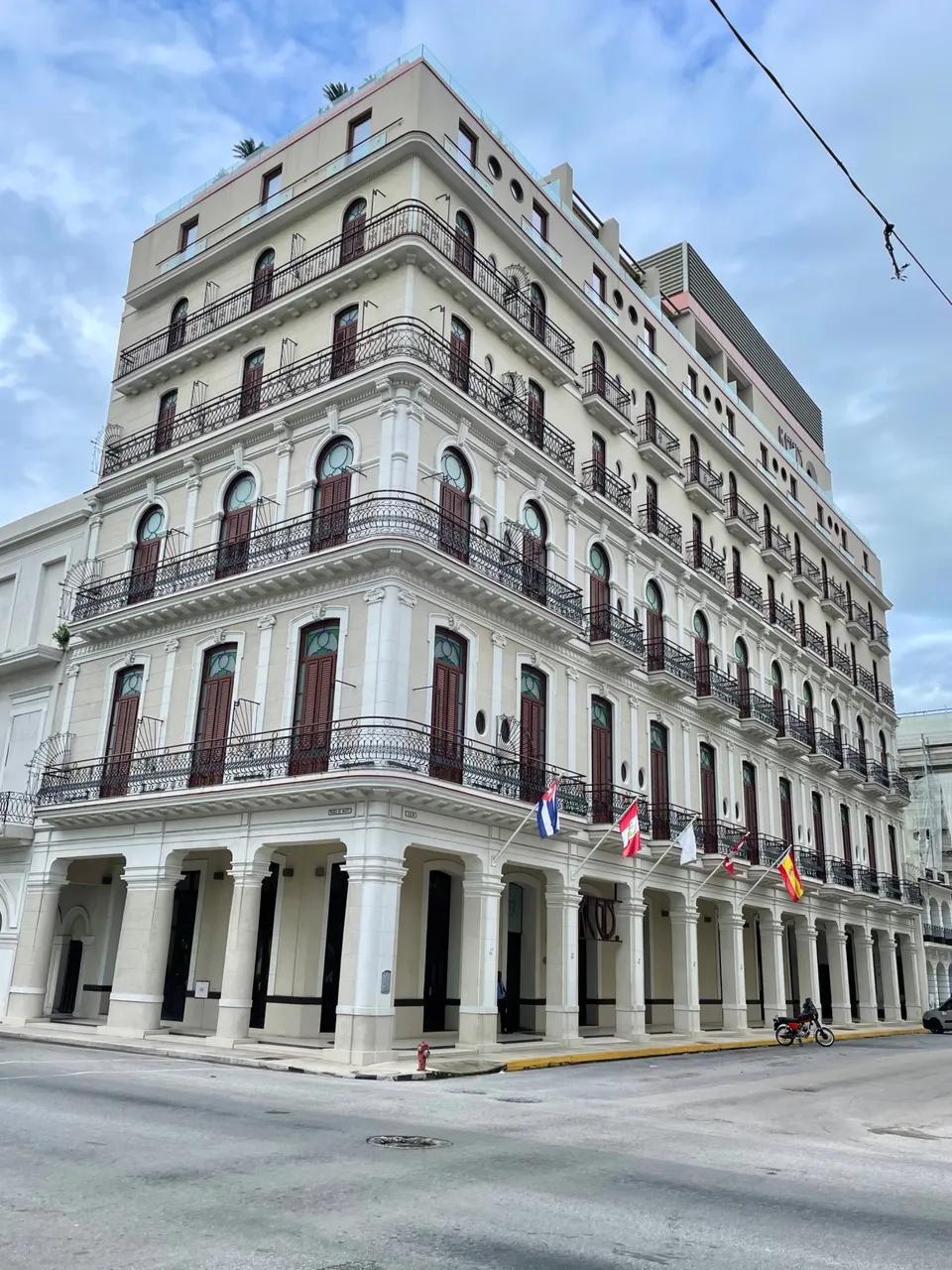

To conclude, the Casino Español building is inspired by Plateresque art, a term coined by Spanish writer Diego Ortiz de Zúñiga. He compared the intricate and elaborate decoration of this ornamental style—typical of the first third of the 16th century—to the delicate filigree work created by silversmiths and goldsmiths.
I’ve heard that today, it functions as a wedding palace or something related to art.
Para finalizar, el Casino Español edificio que está inspirado en el arte plateresco, término acuñado por el escritor español Diego Ortiz de Zúñiga, quien comparó la minuciosa y complicada decoración de este estilo ornamental —típico del primer tercio del siglo XVI— con las filigranas creadas por plateros y orfebres.
Según escuché actualmente es como un palacio de los matrimonios o algo de arte.
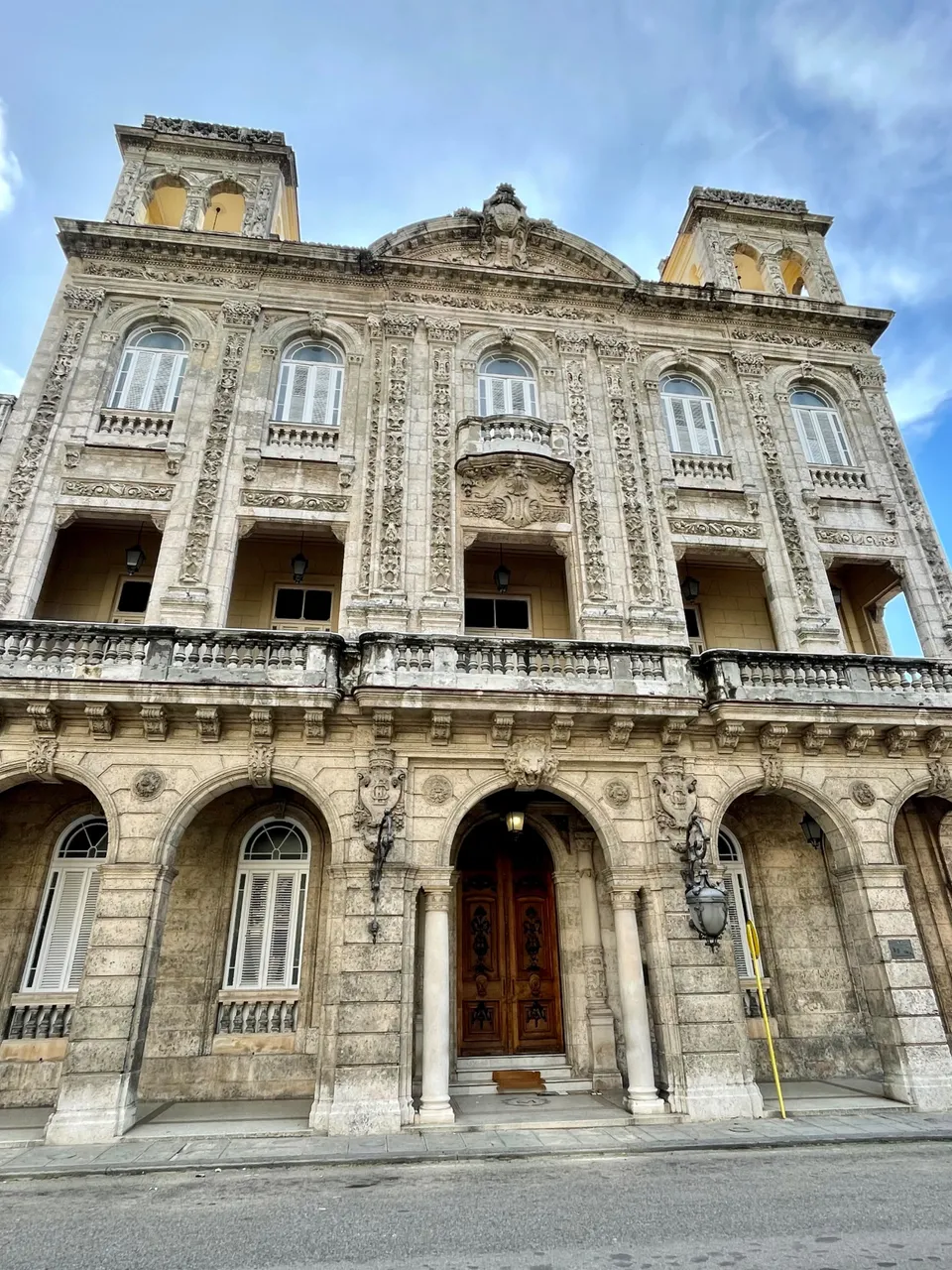
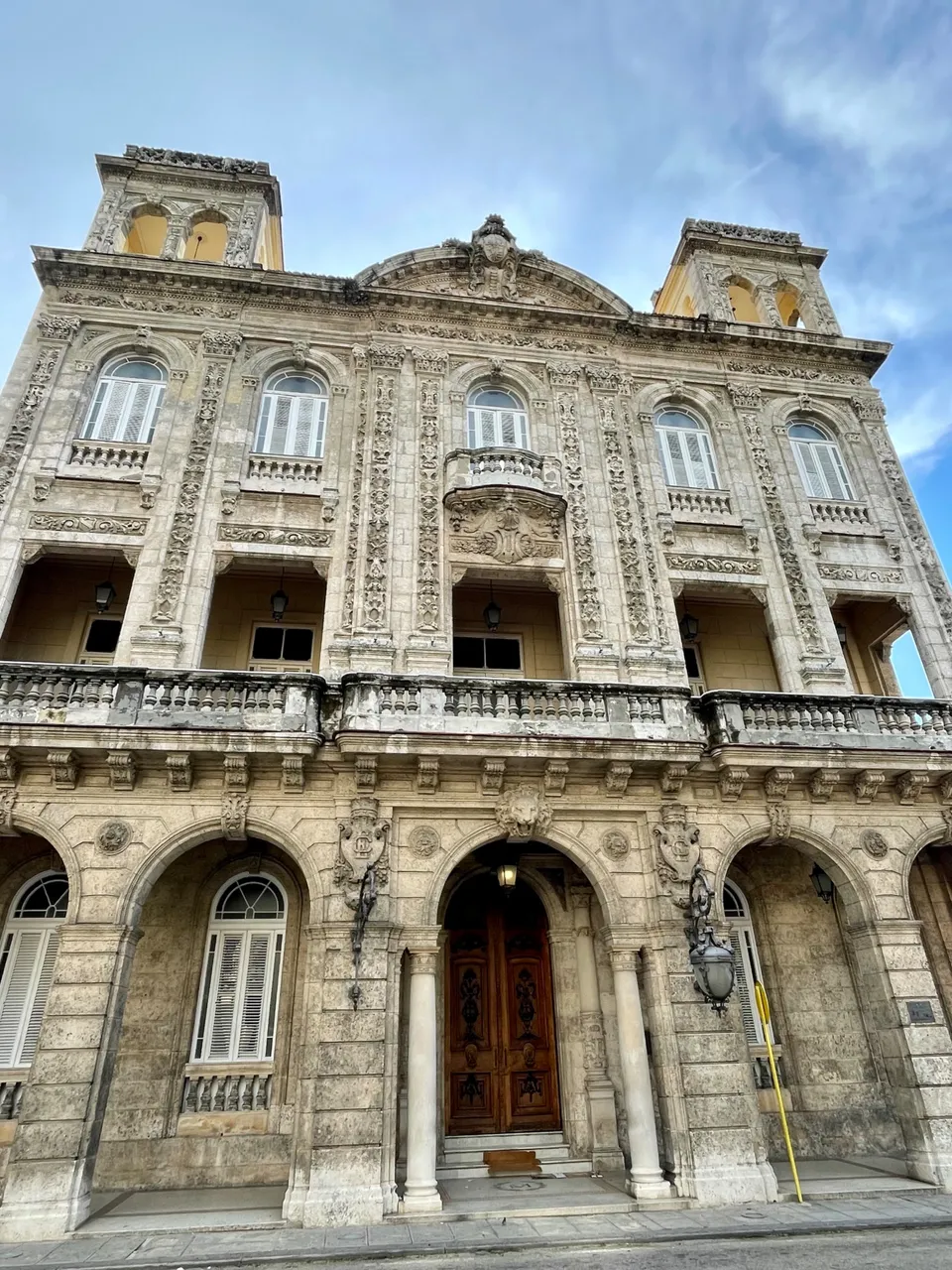
There is so much more to see and explore when it comes to art and architecture in Havana. Though Cuba is a small island territorially, its artistic potential grows richer every day—thanks to the preservation of its traditions and a high standard of professional artistic training.
If you enjoyed this, don’t forget to leave a comment and follow me for future posts! I’d love to hear your thoughts and ideas for what to cover next.
Hay mucho más que ver y hacer en lo relativo a arte y arquitectura en La Habana, porque hablamos de una isla que aunque territorialmente es pequeña, cuenta con un potencial artístico que se enriquece cada día más debido a la preservación de sus tradiciones y a una formación artístico-profesional de calidad.
Si te ha gustado, no olvides dejar tu comentario y seguirme para próximas publicaciones. Me encantaría saber tu opinión e ideas para el siguiente.
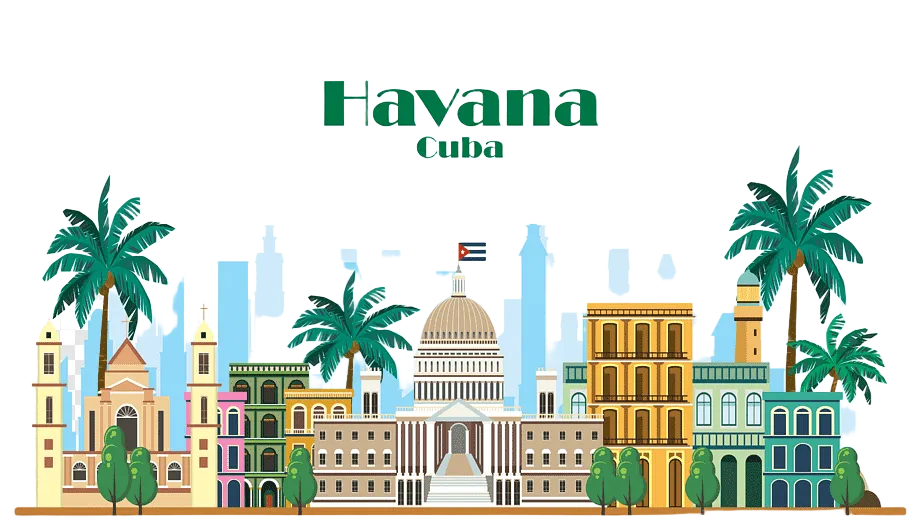


!worldmappin 23.138194 lat -82.358562 long d3scr